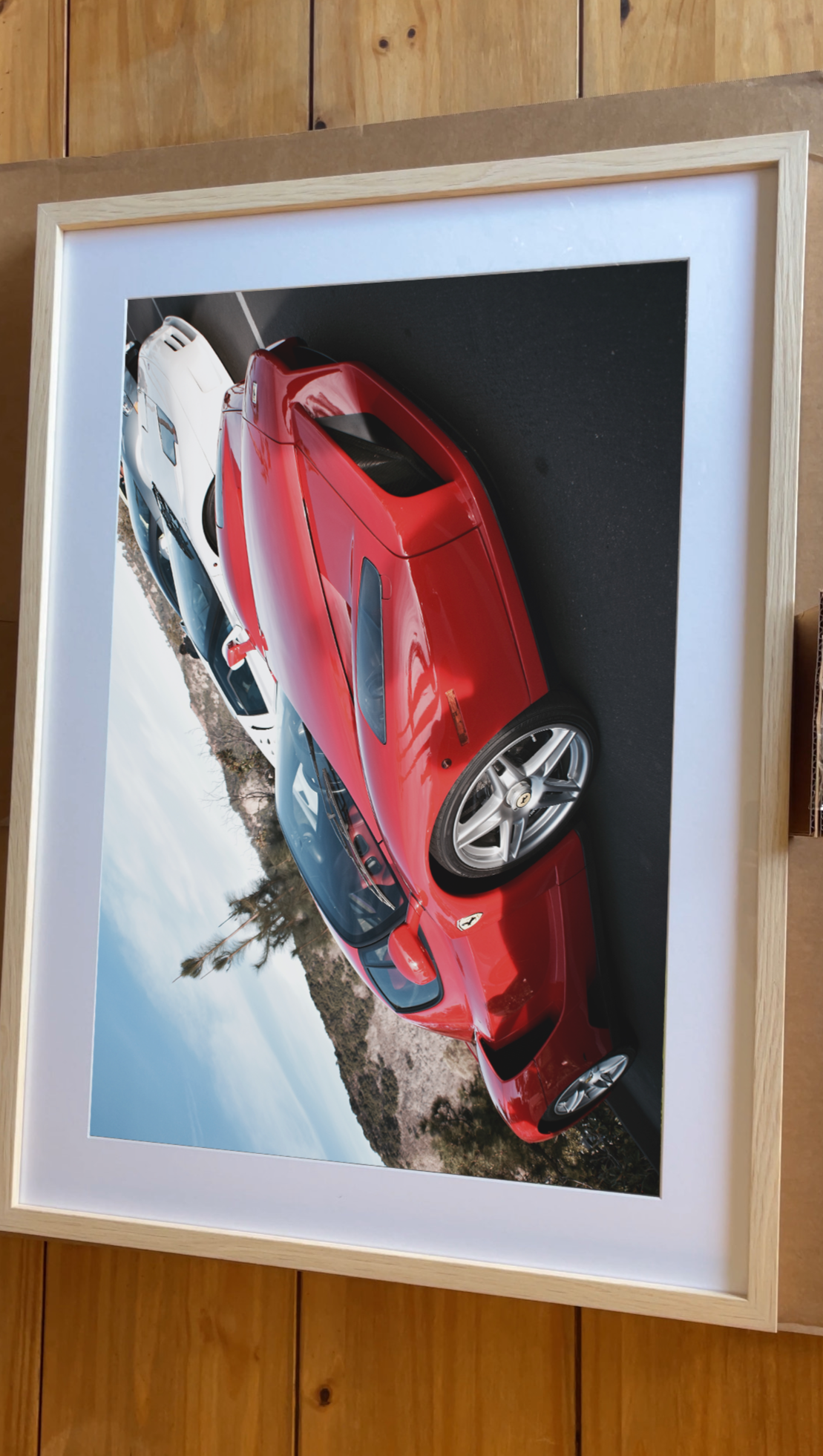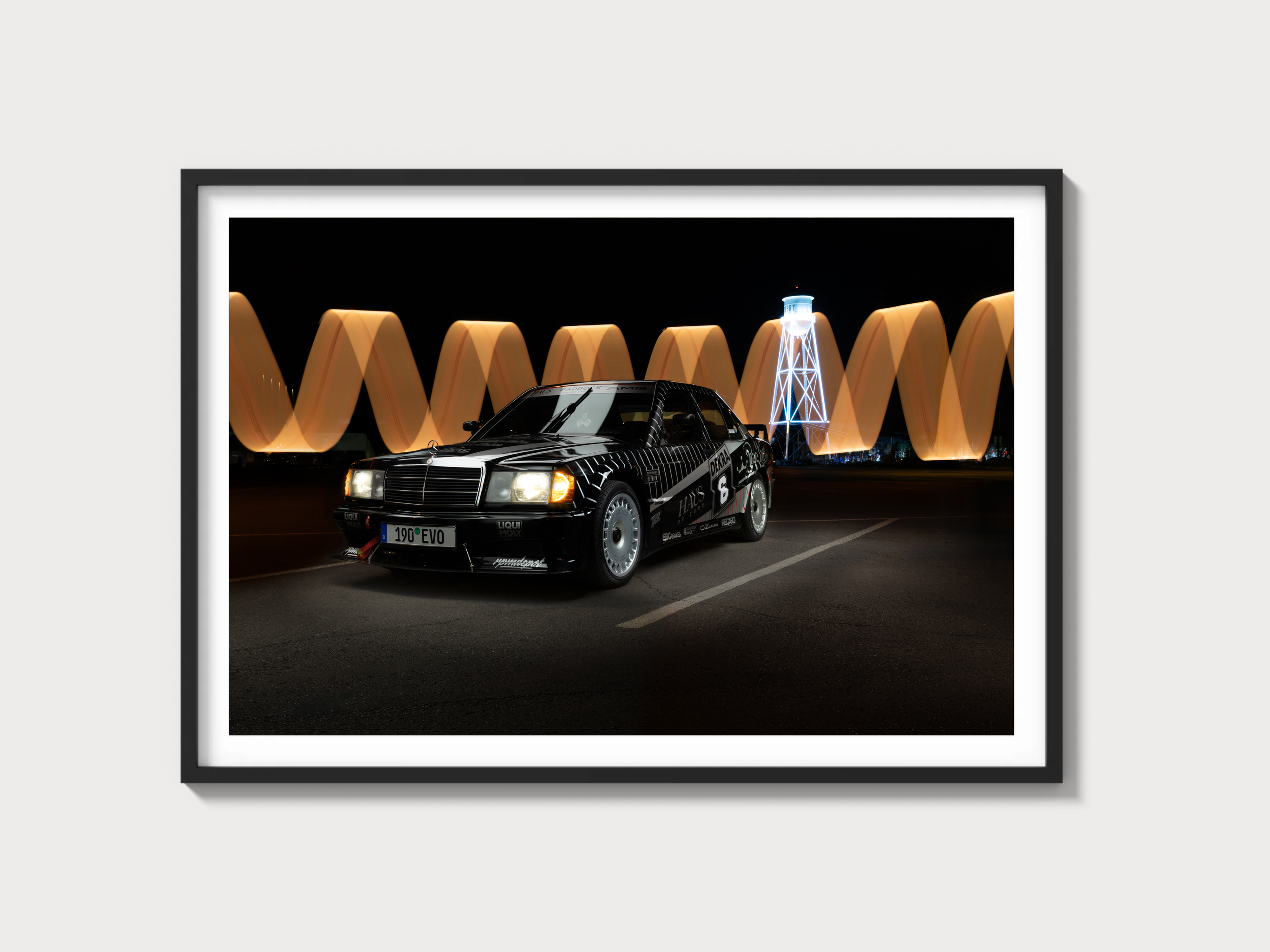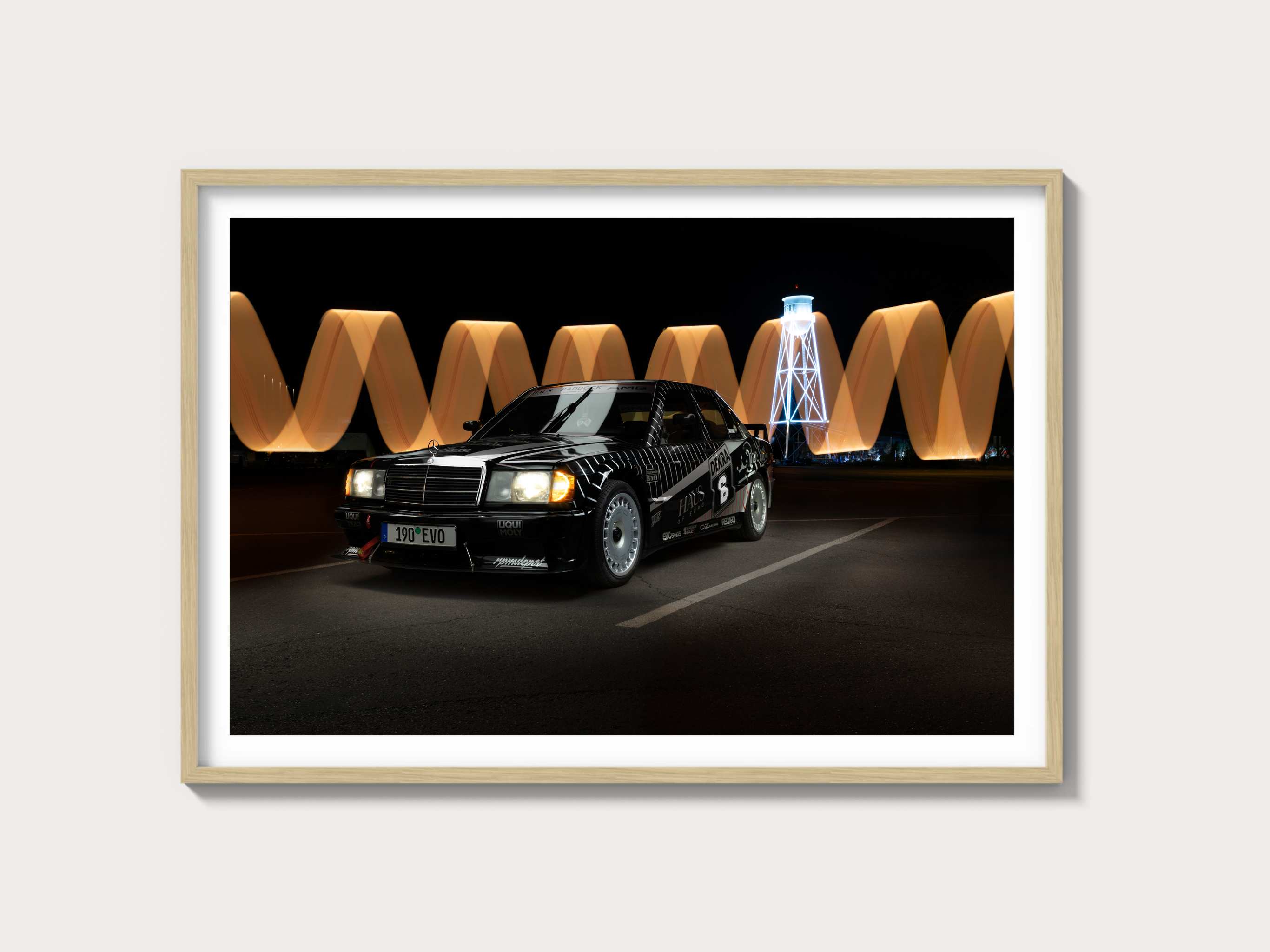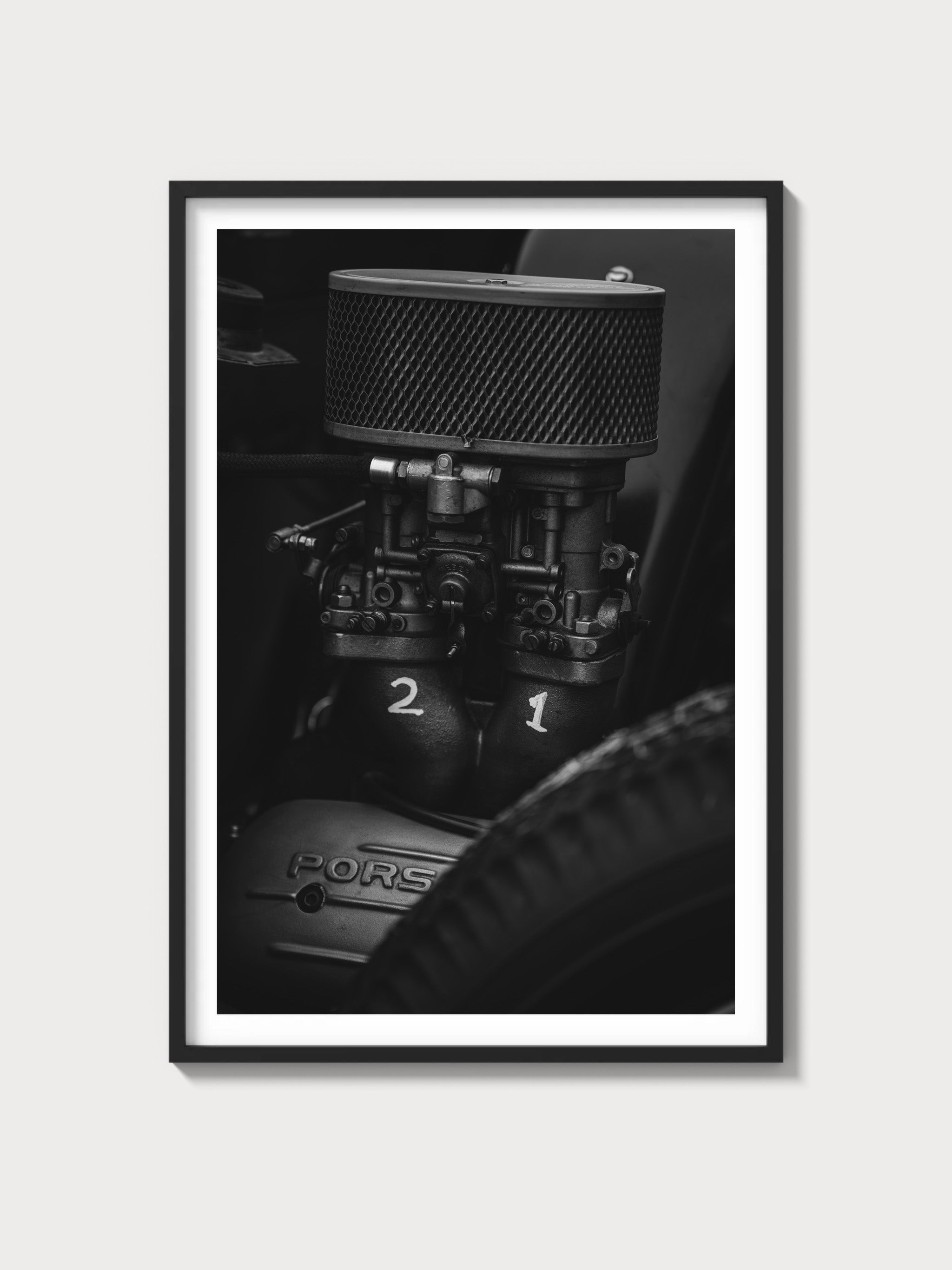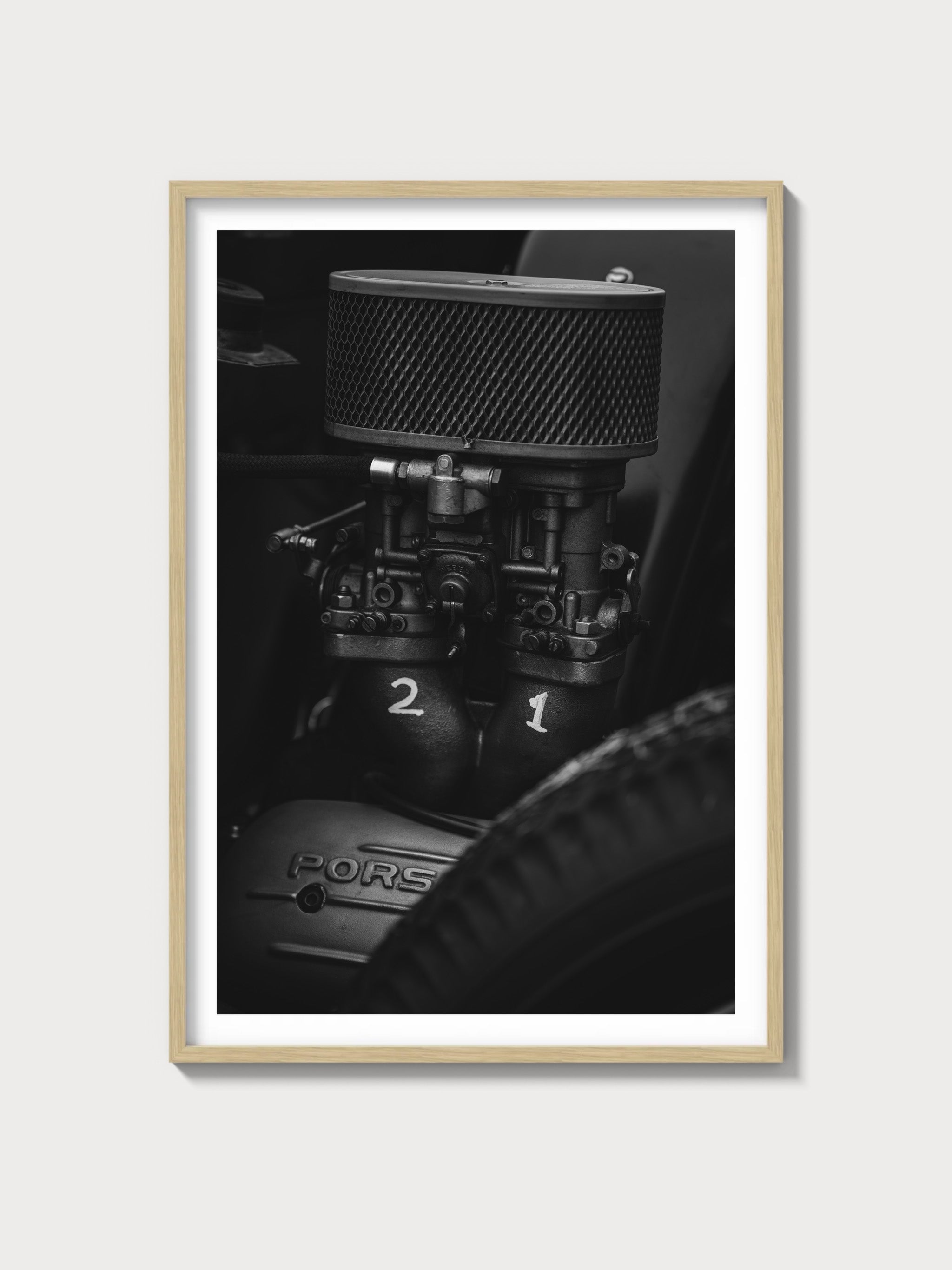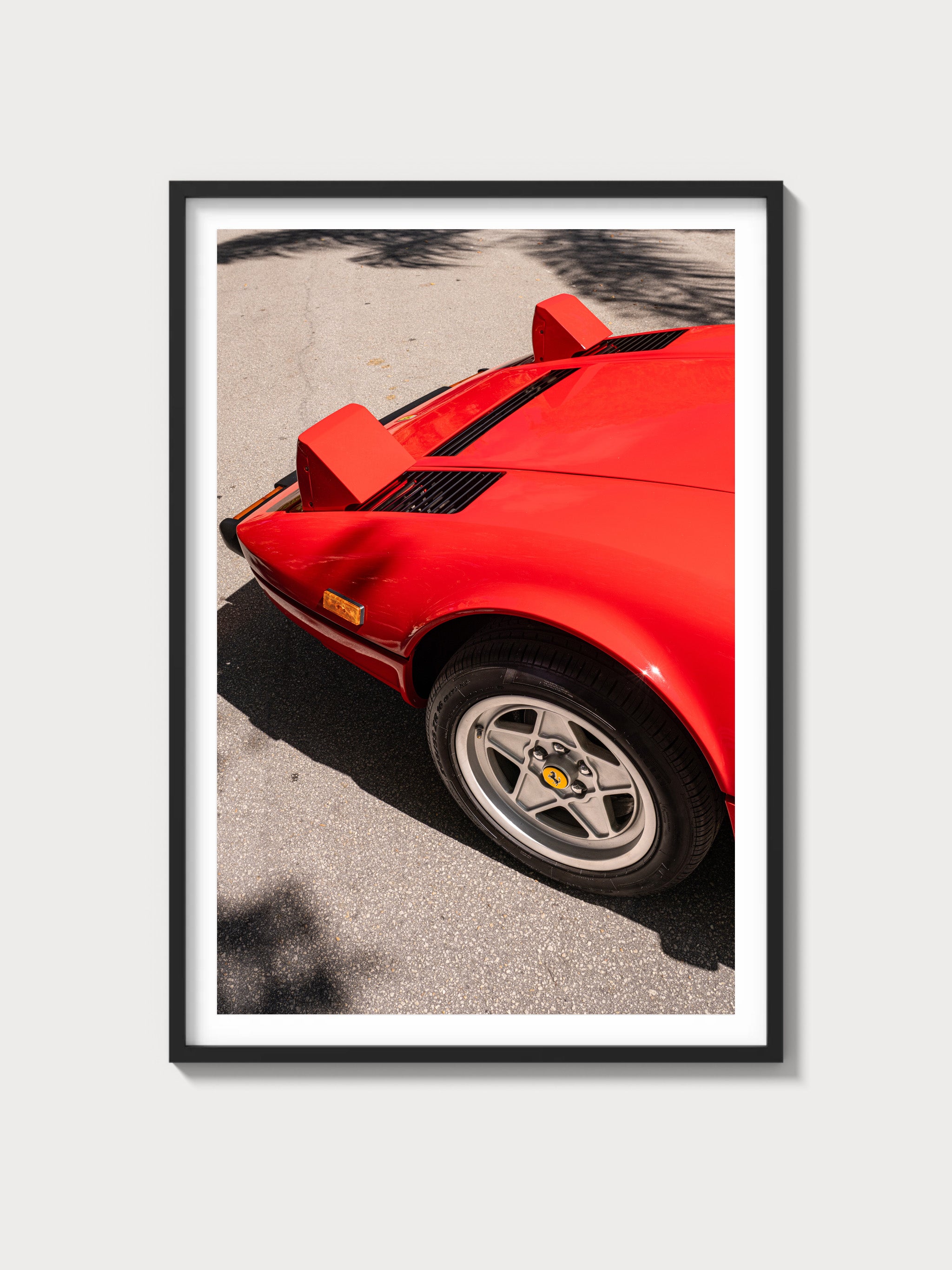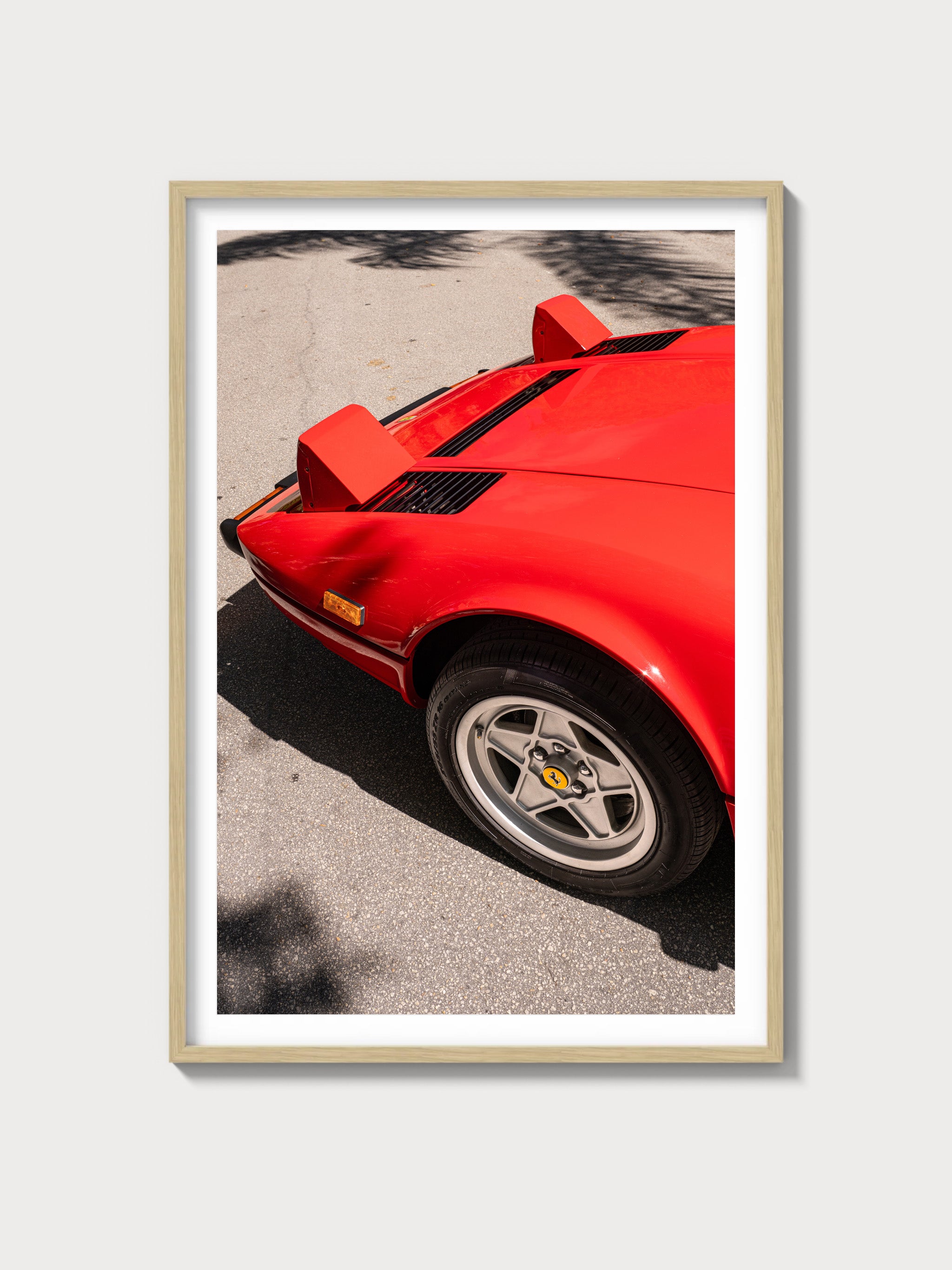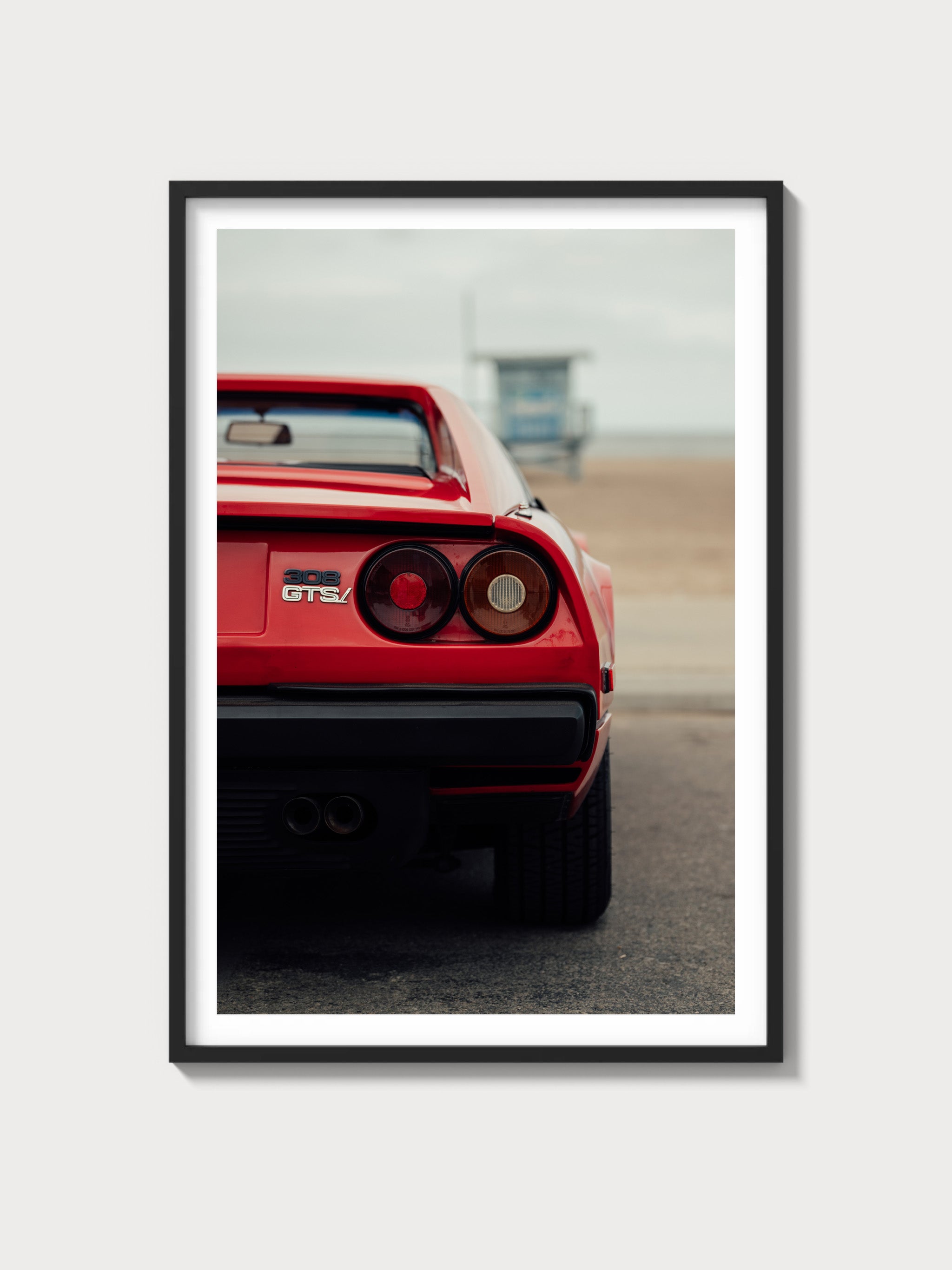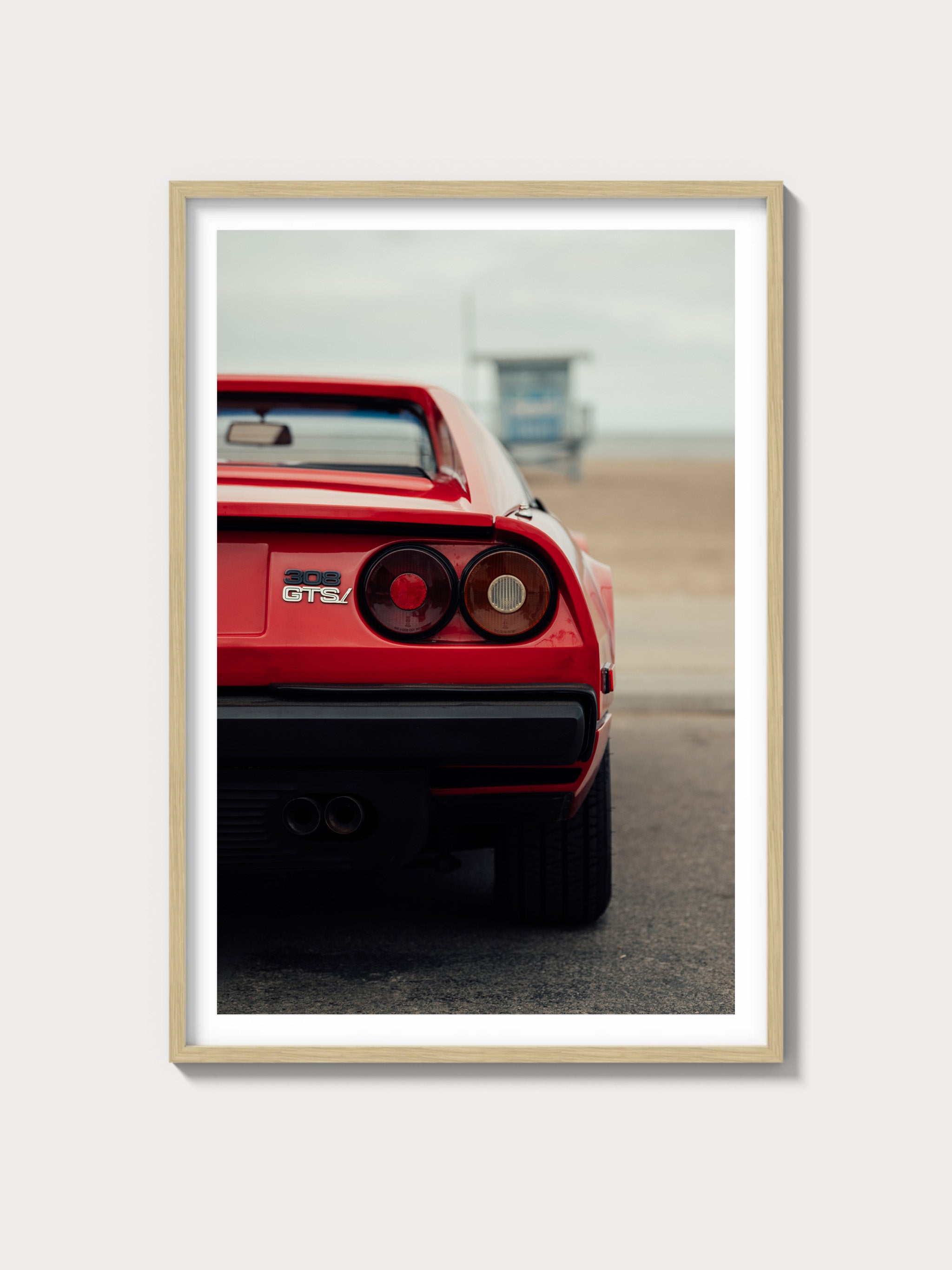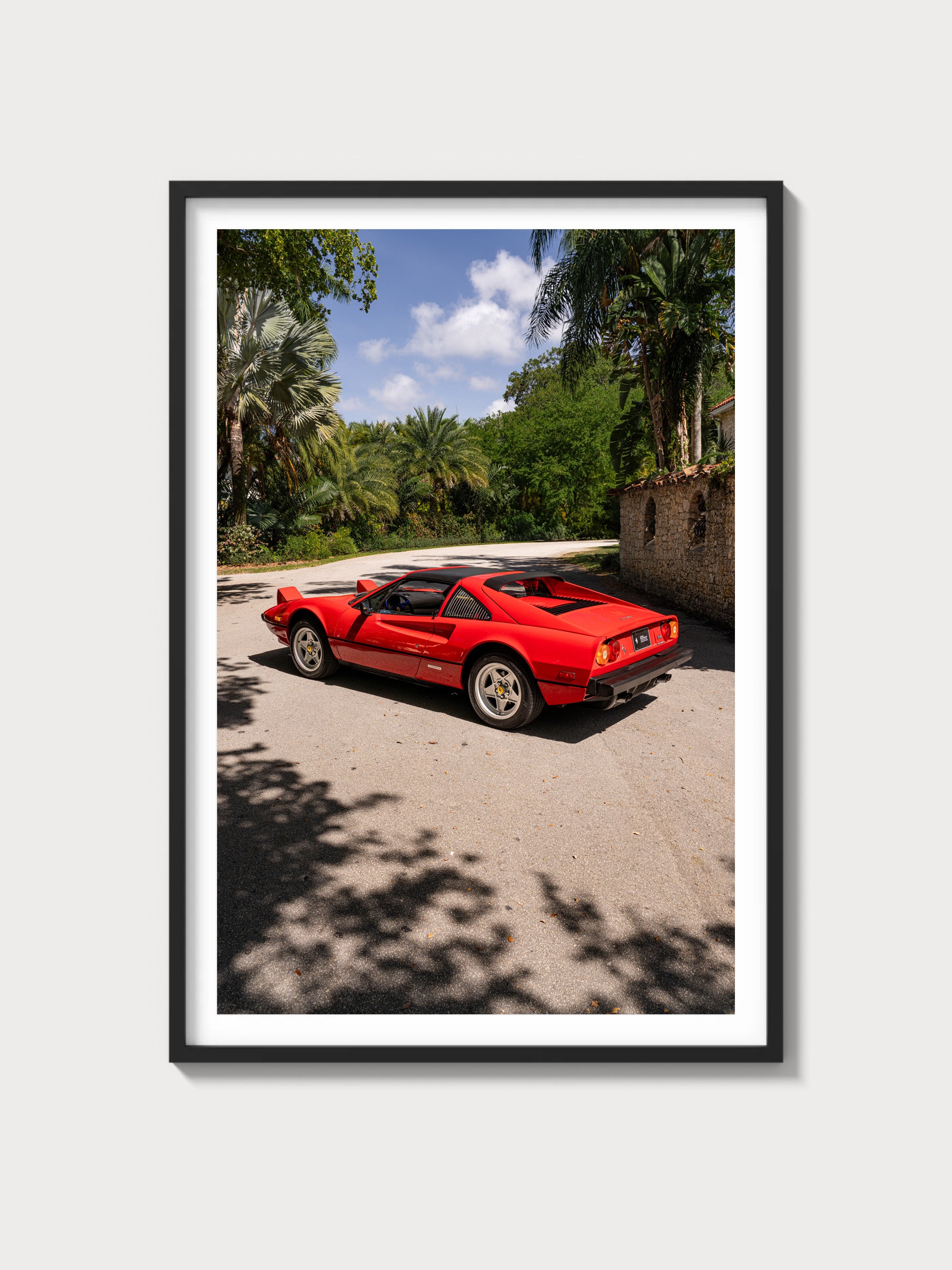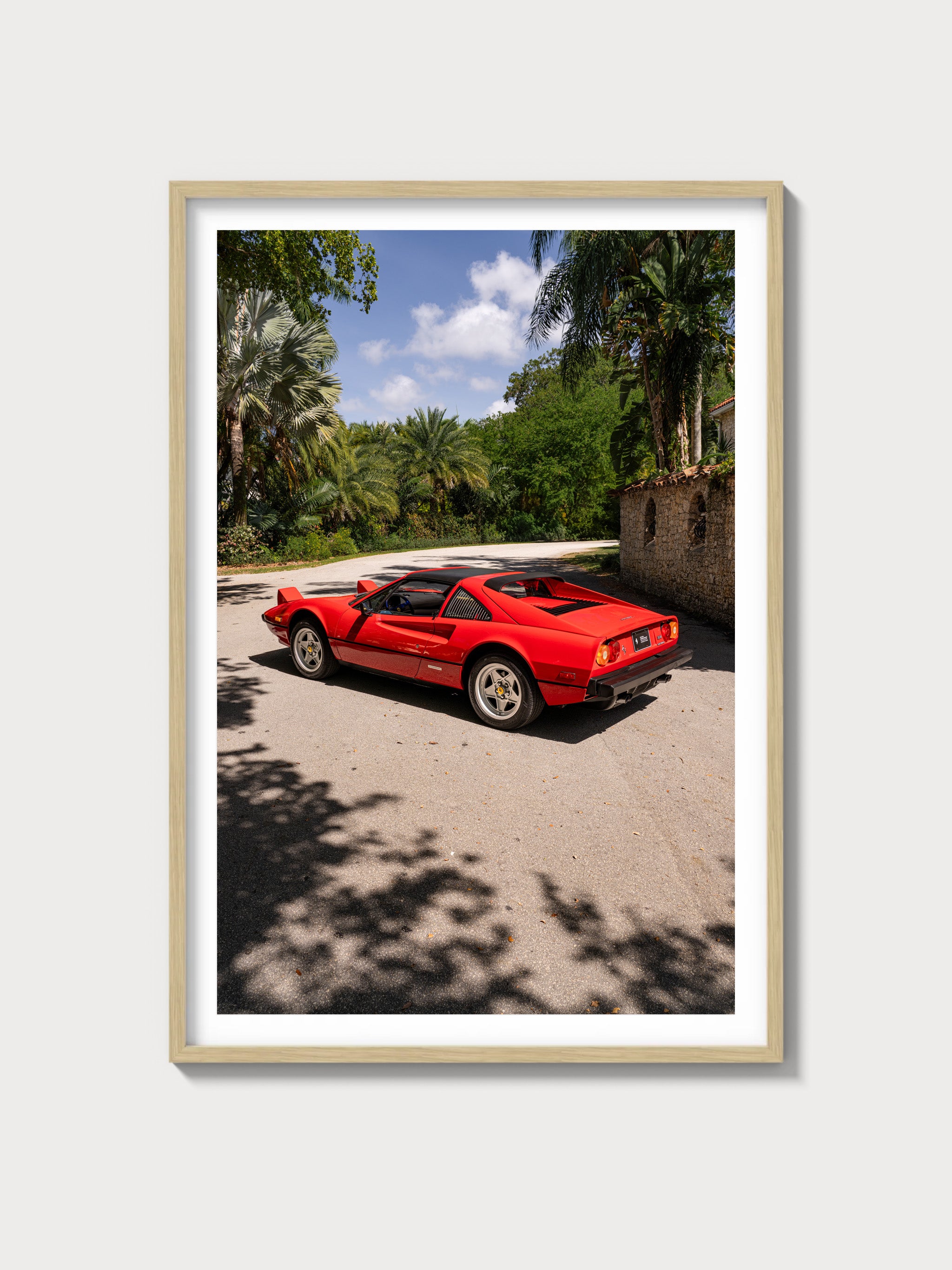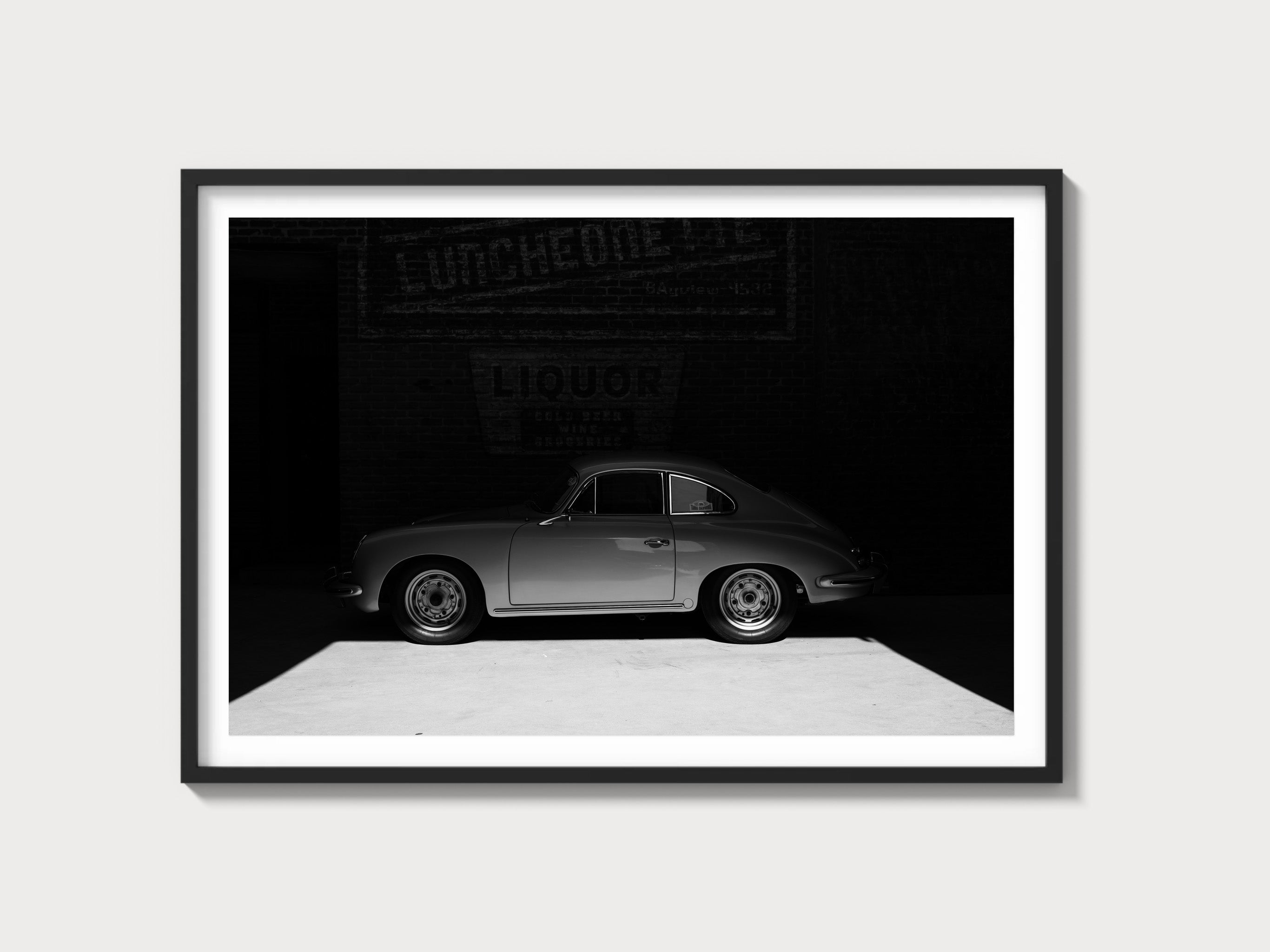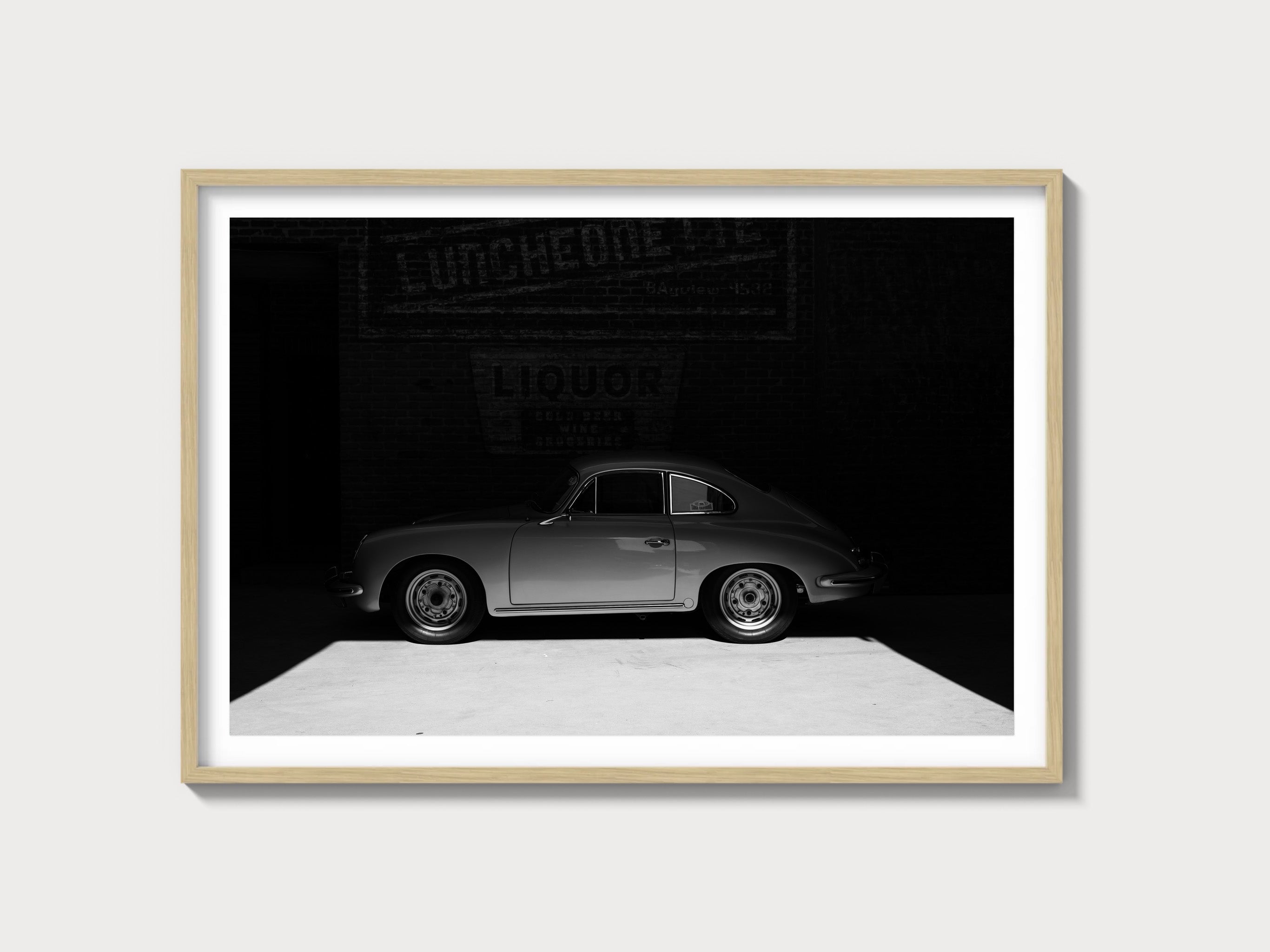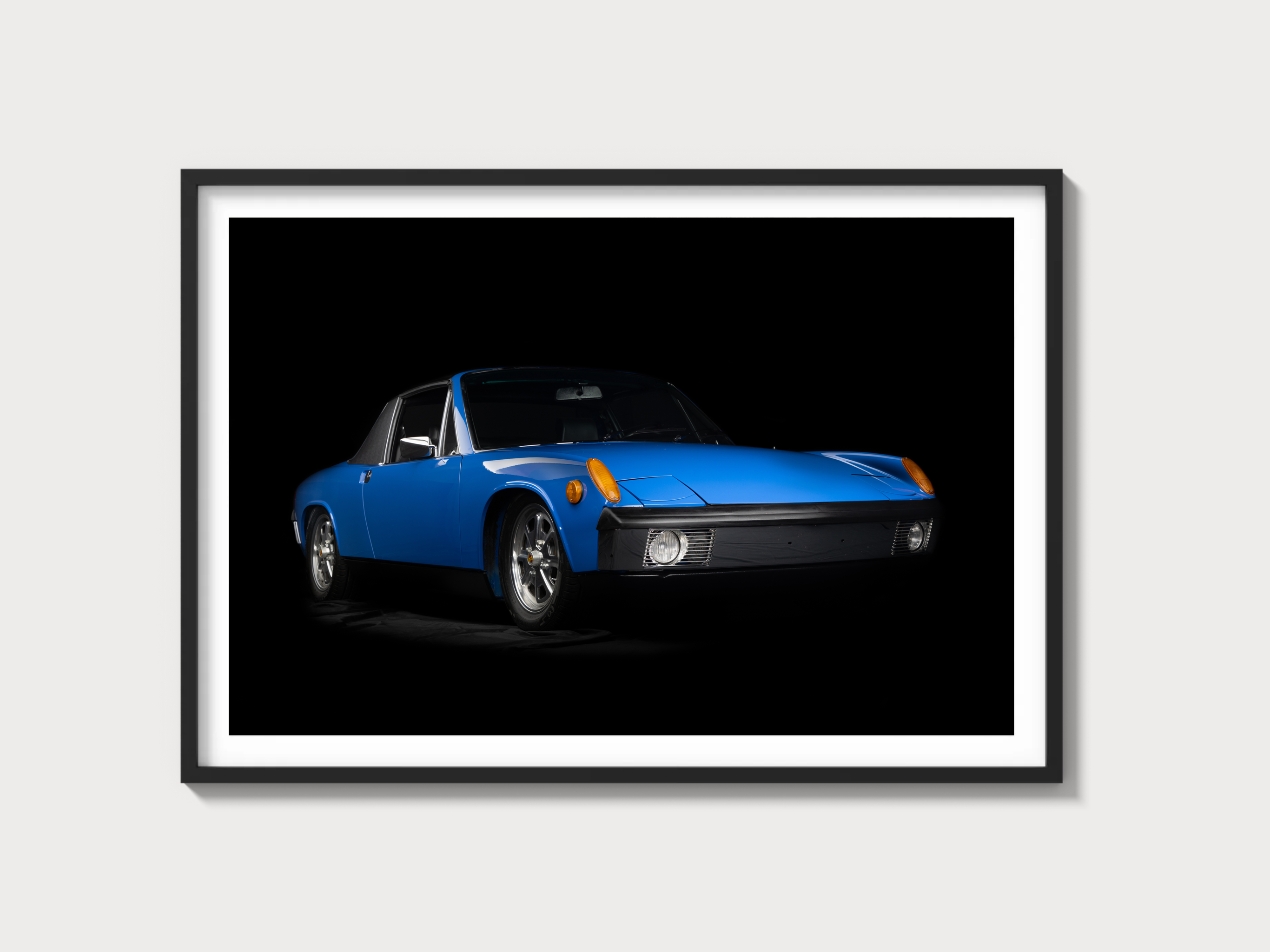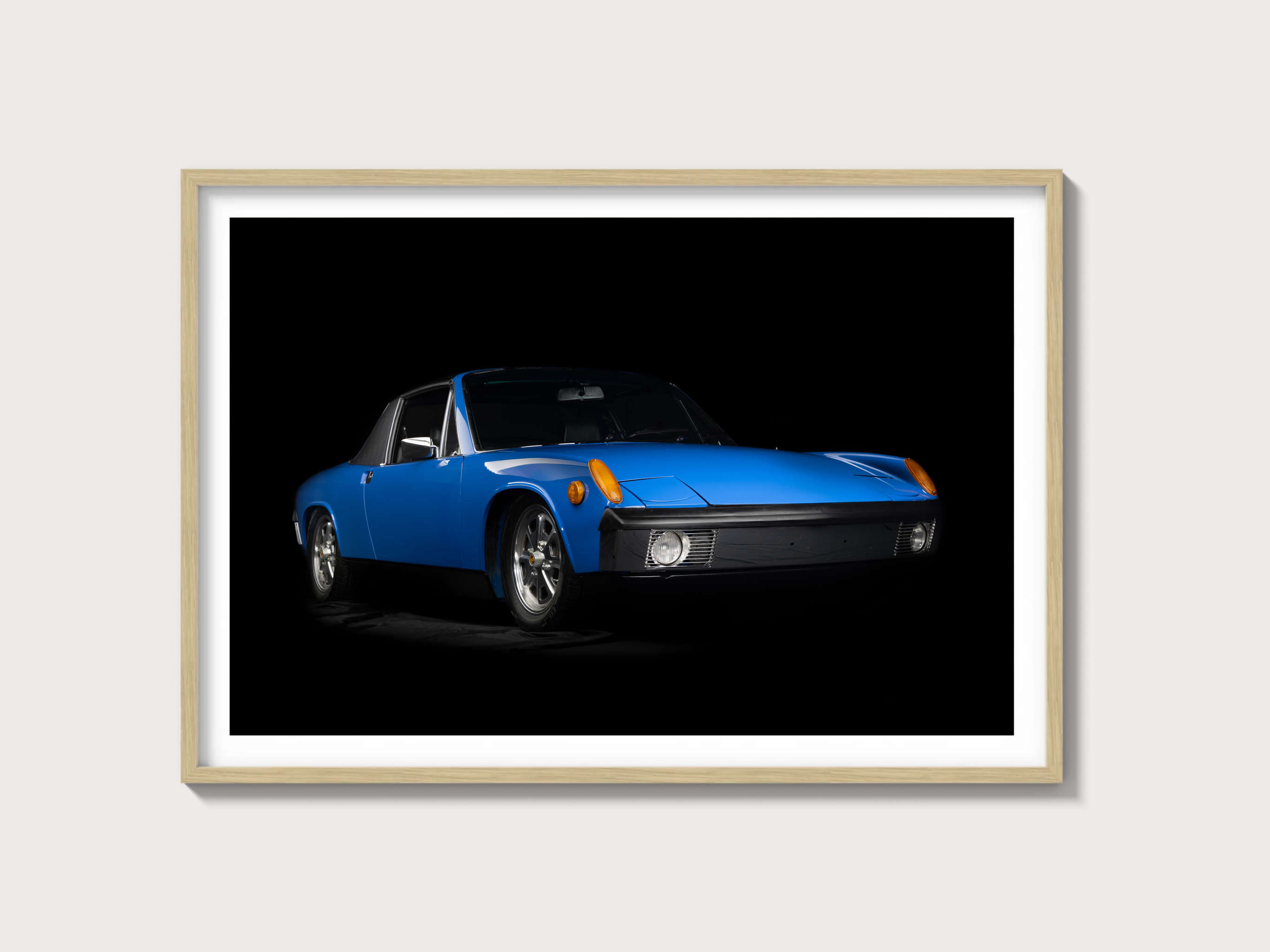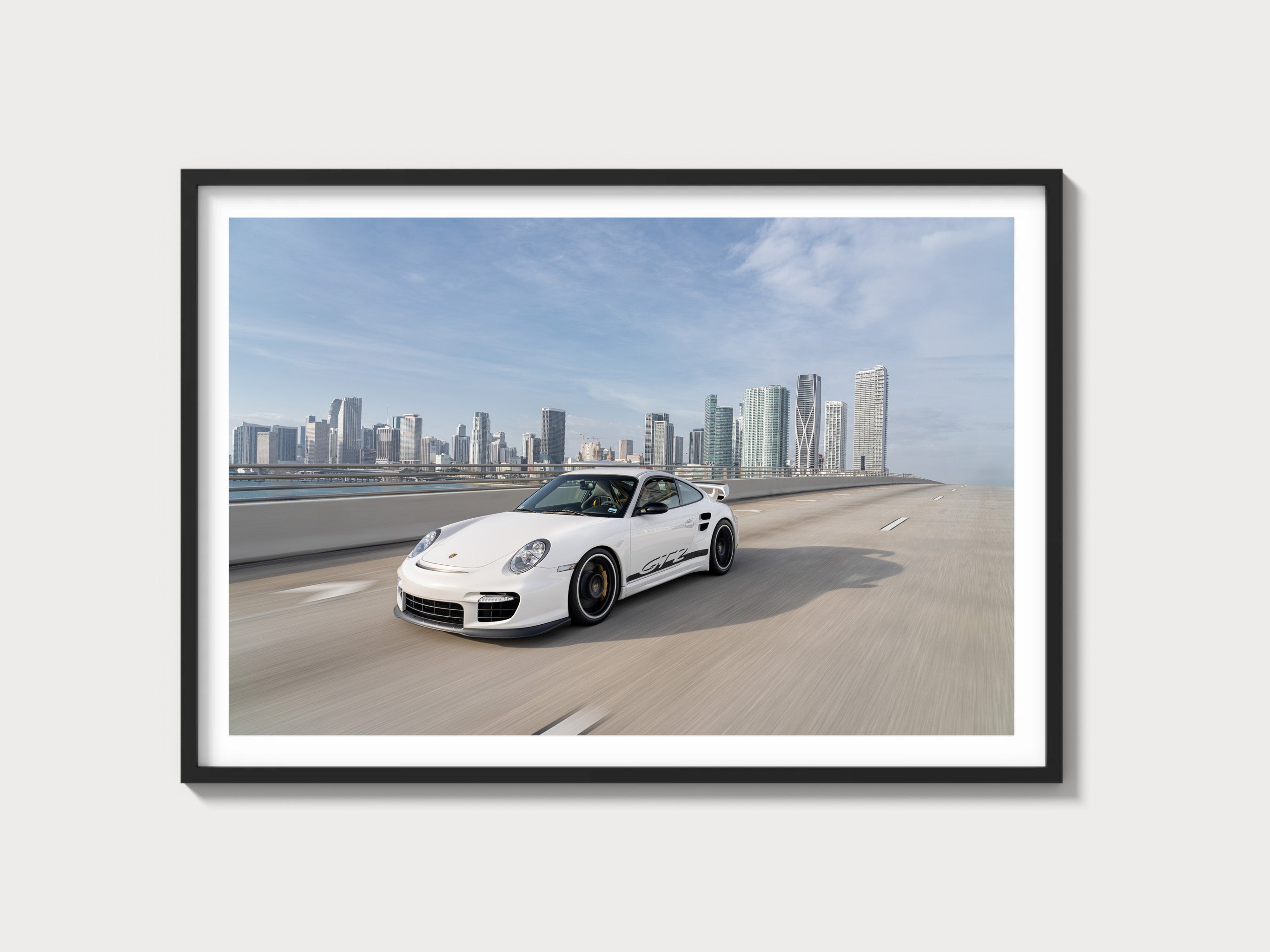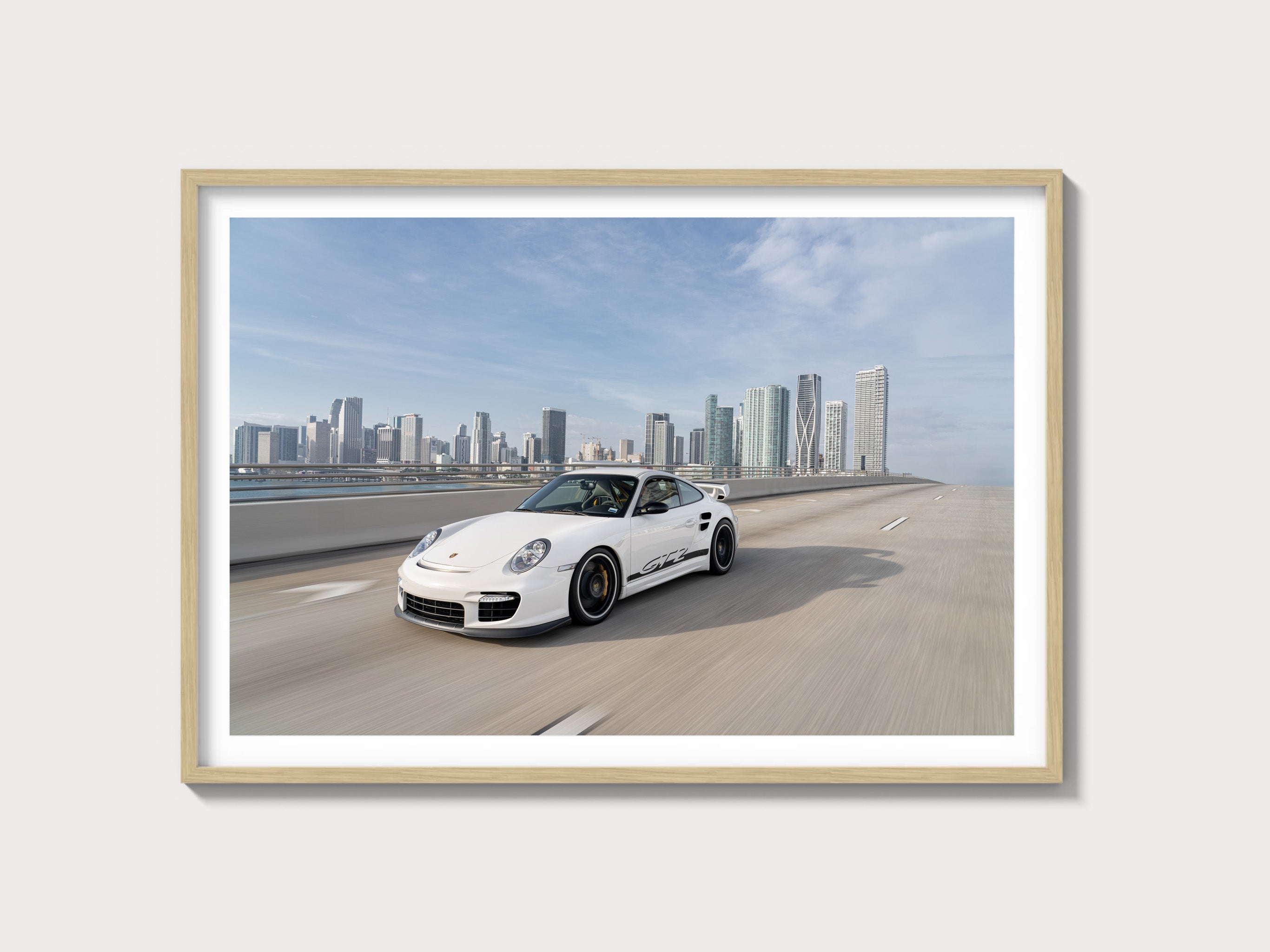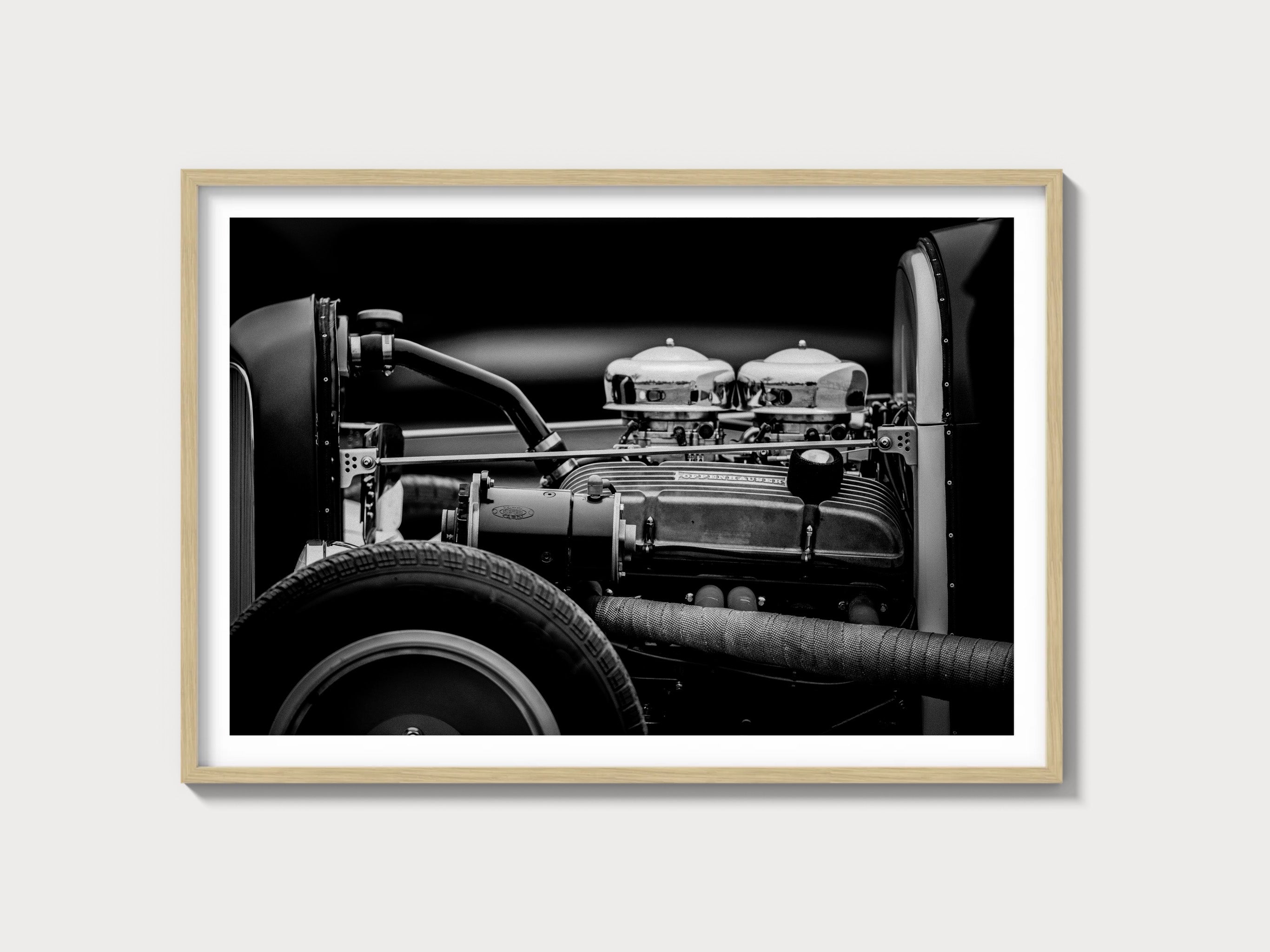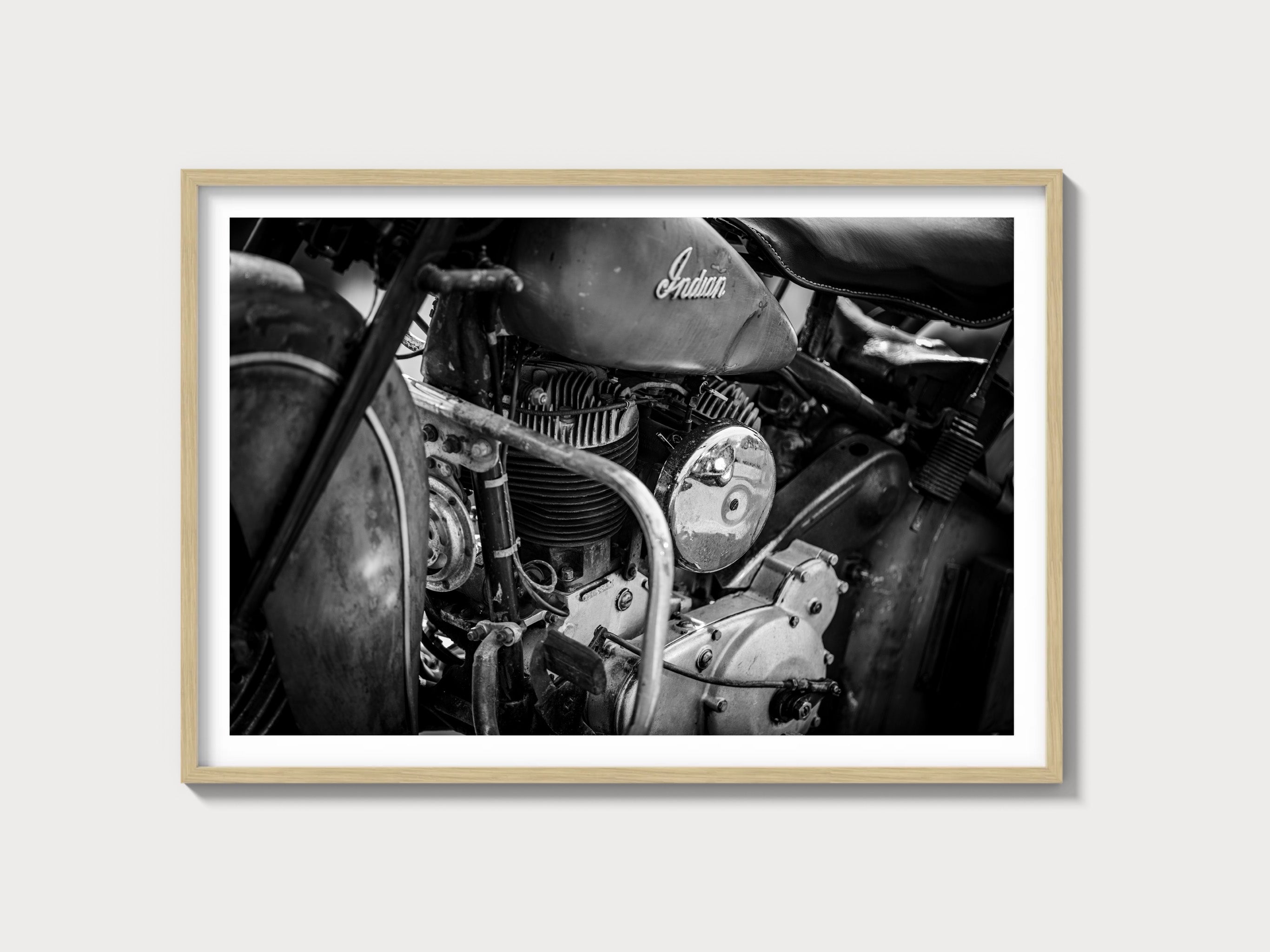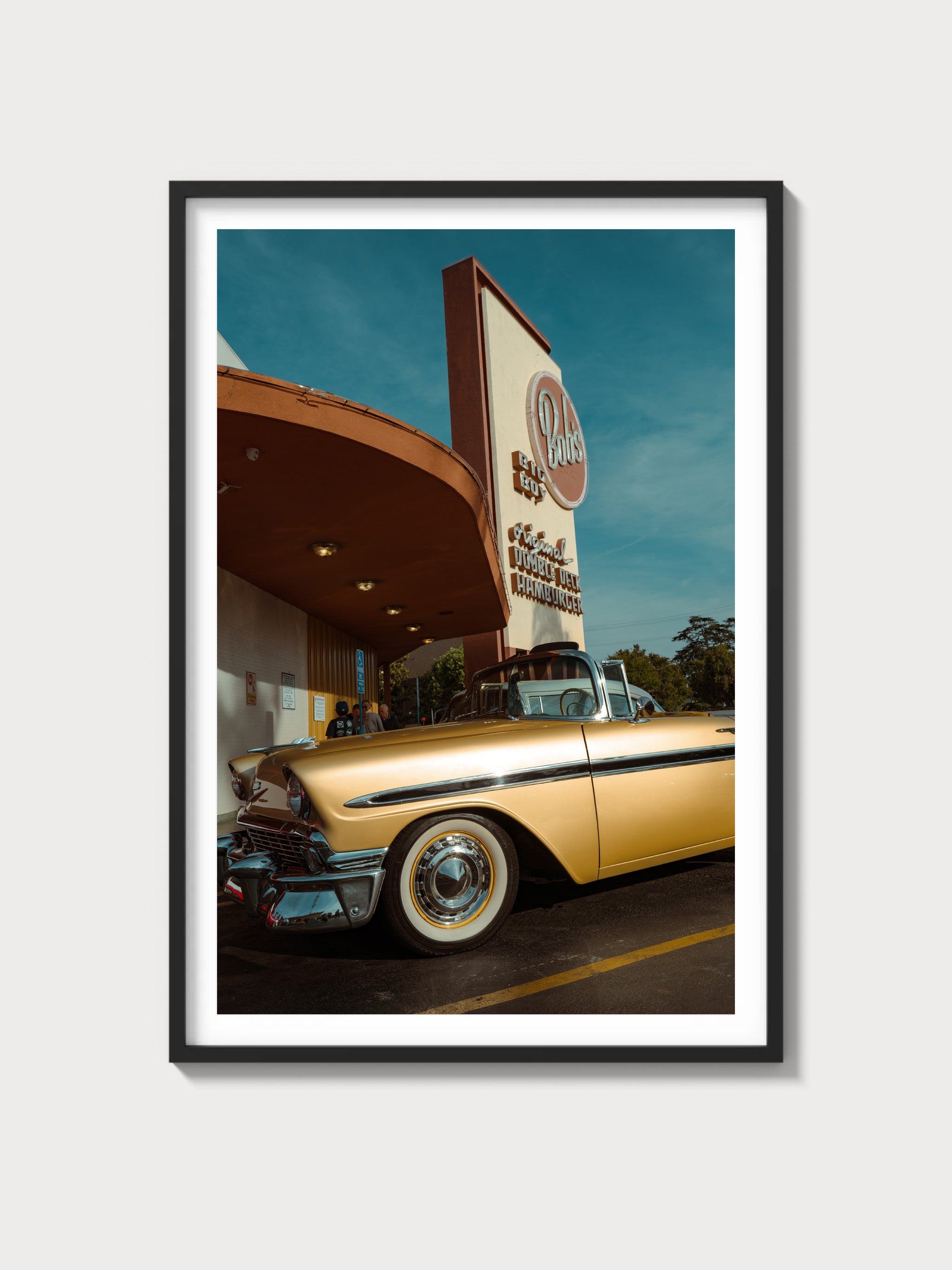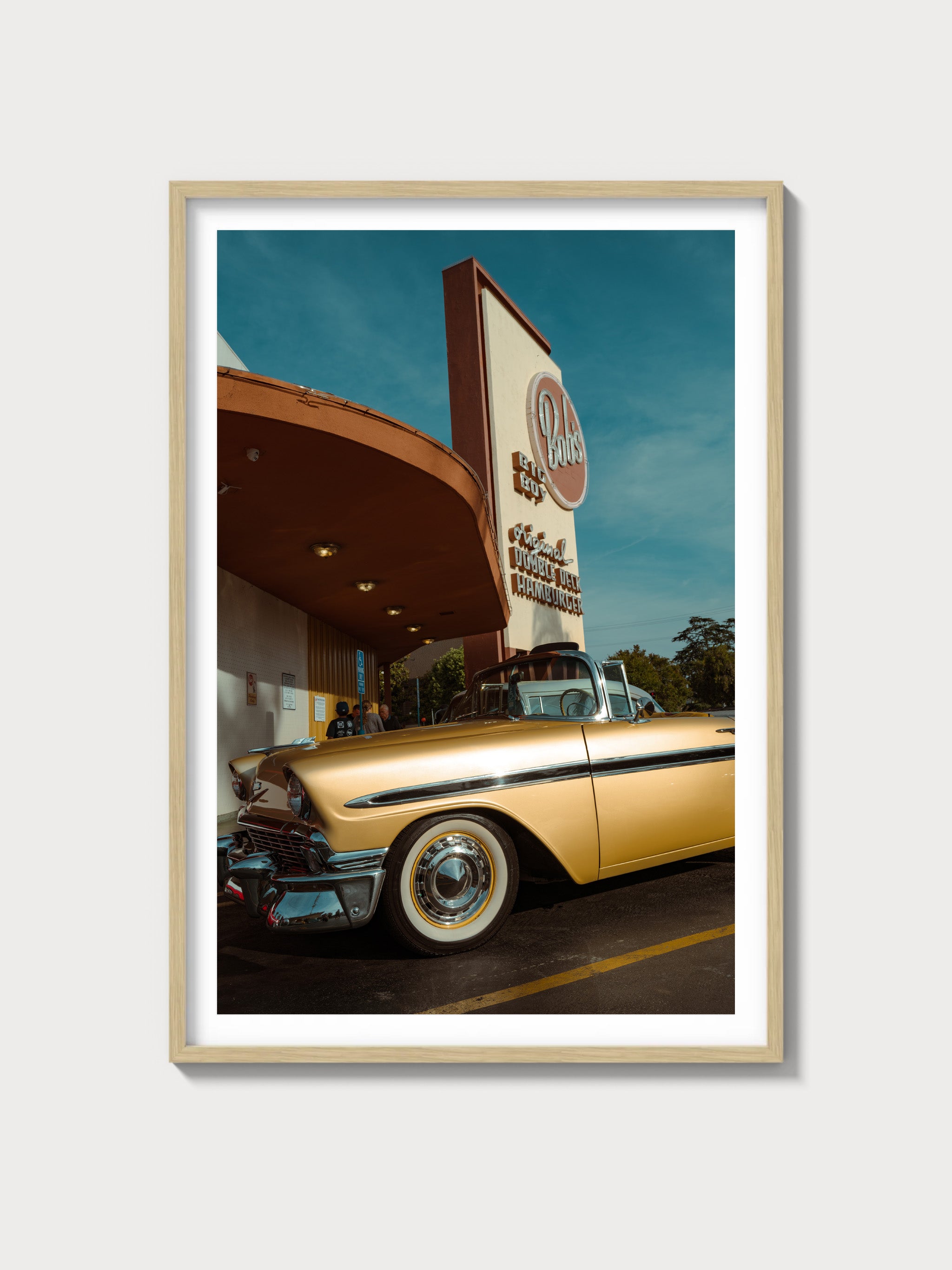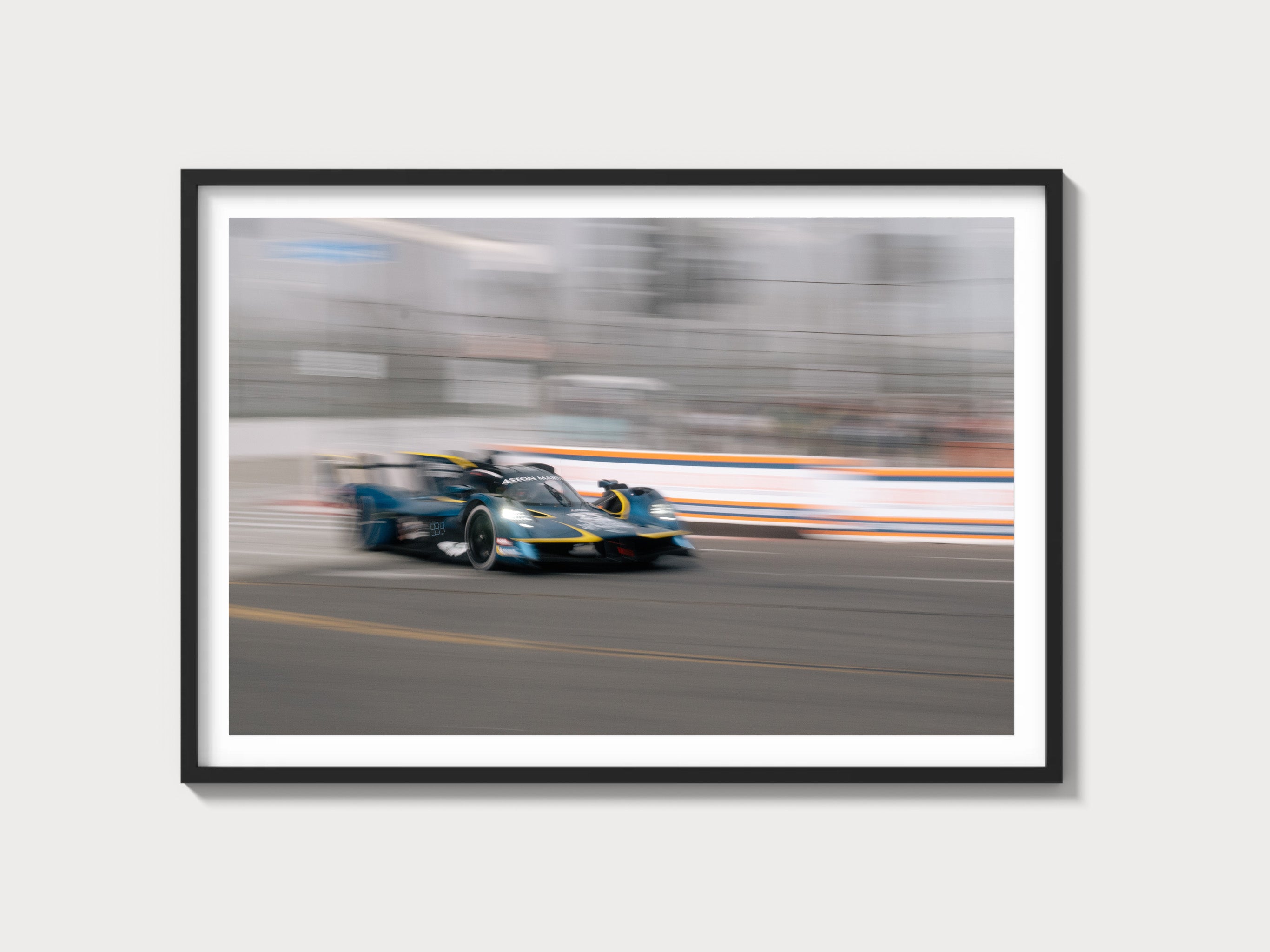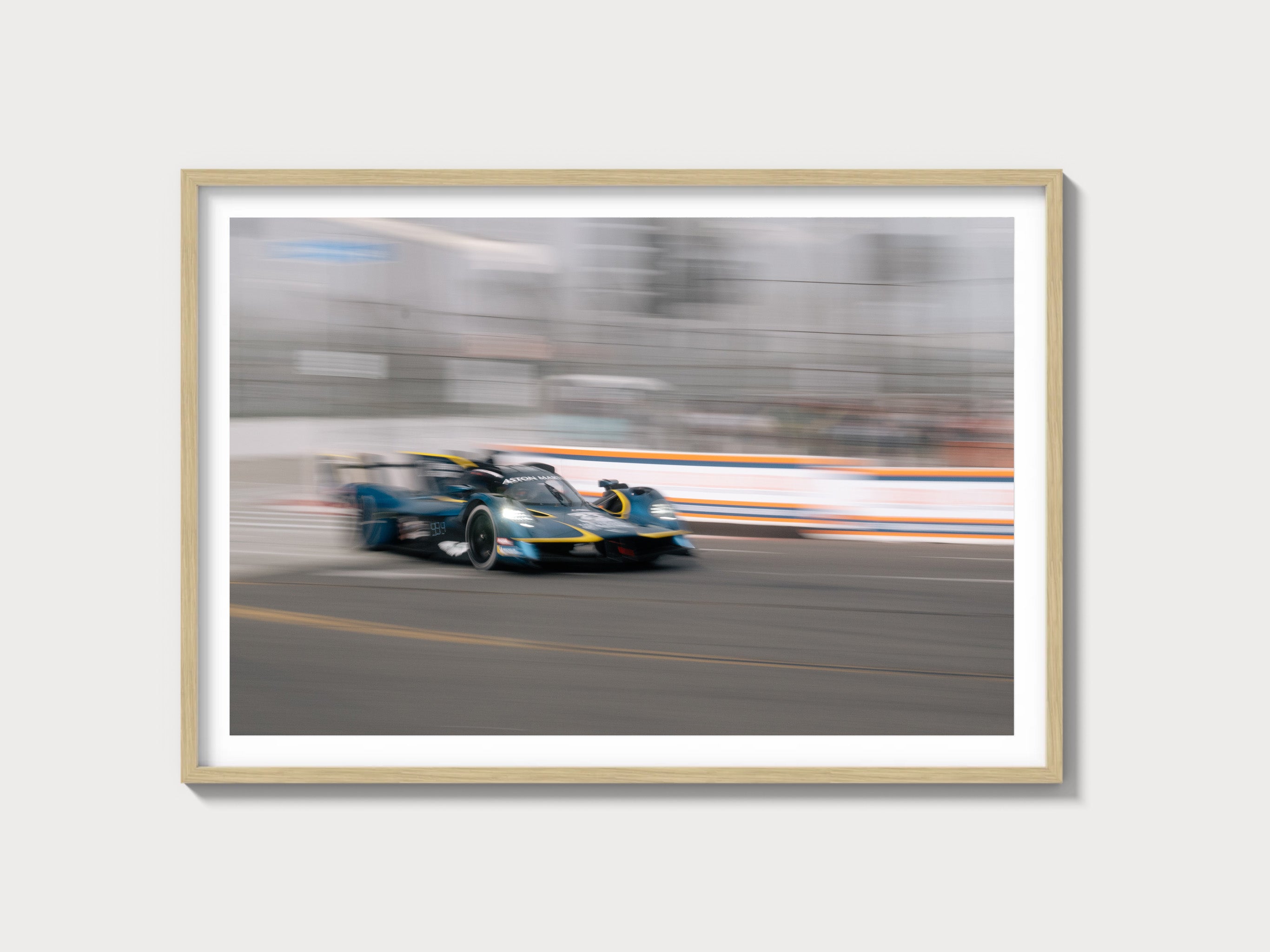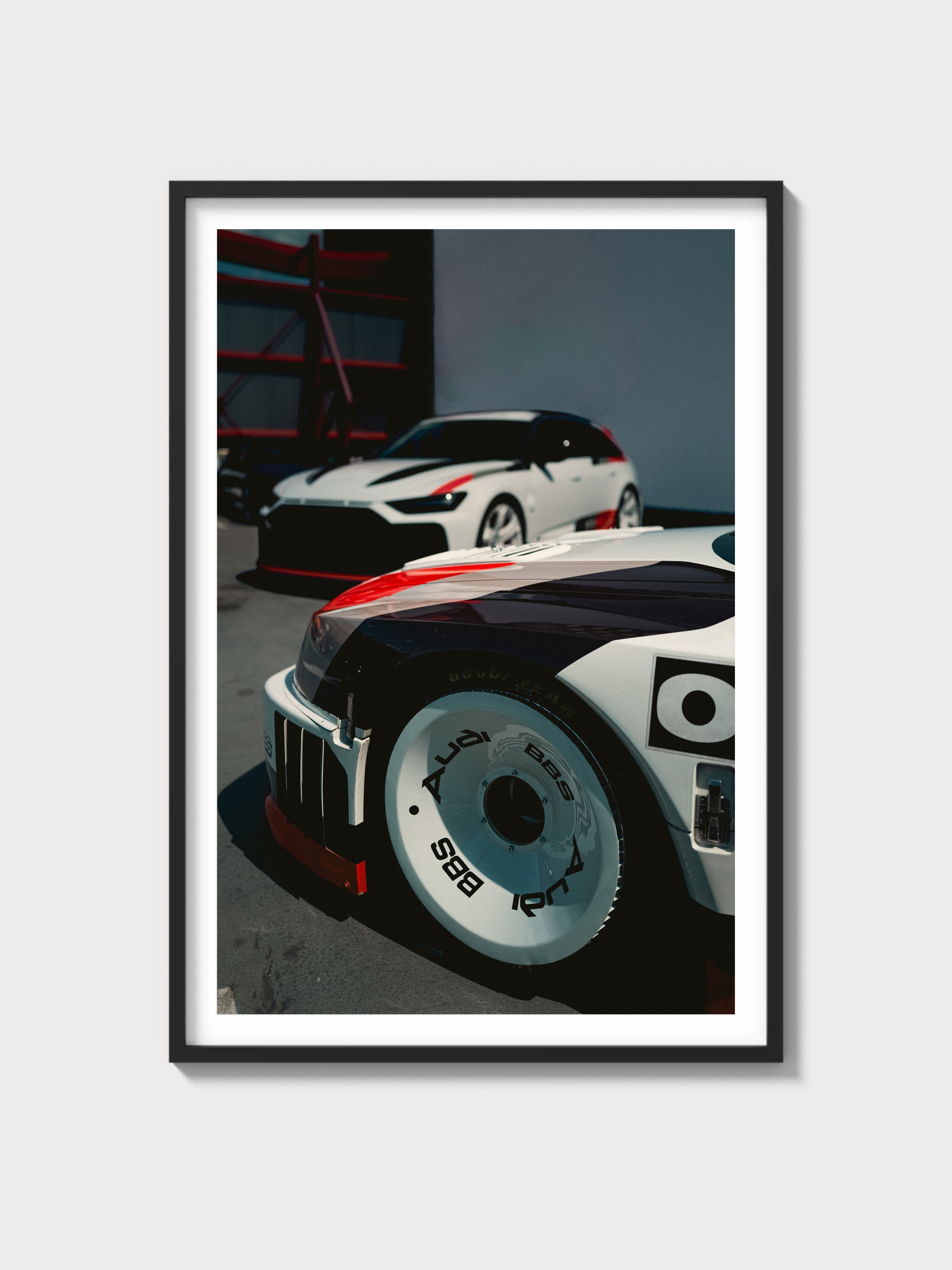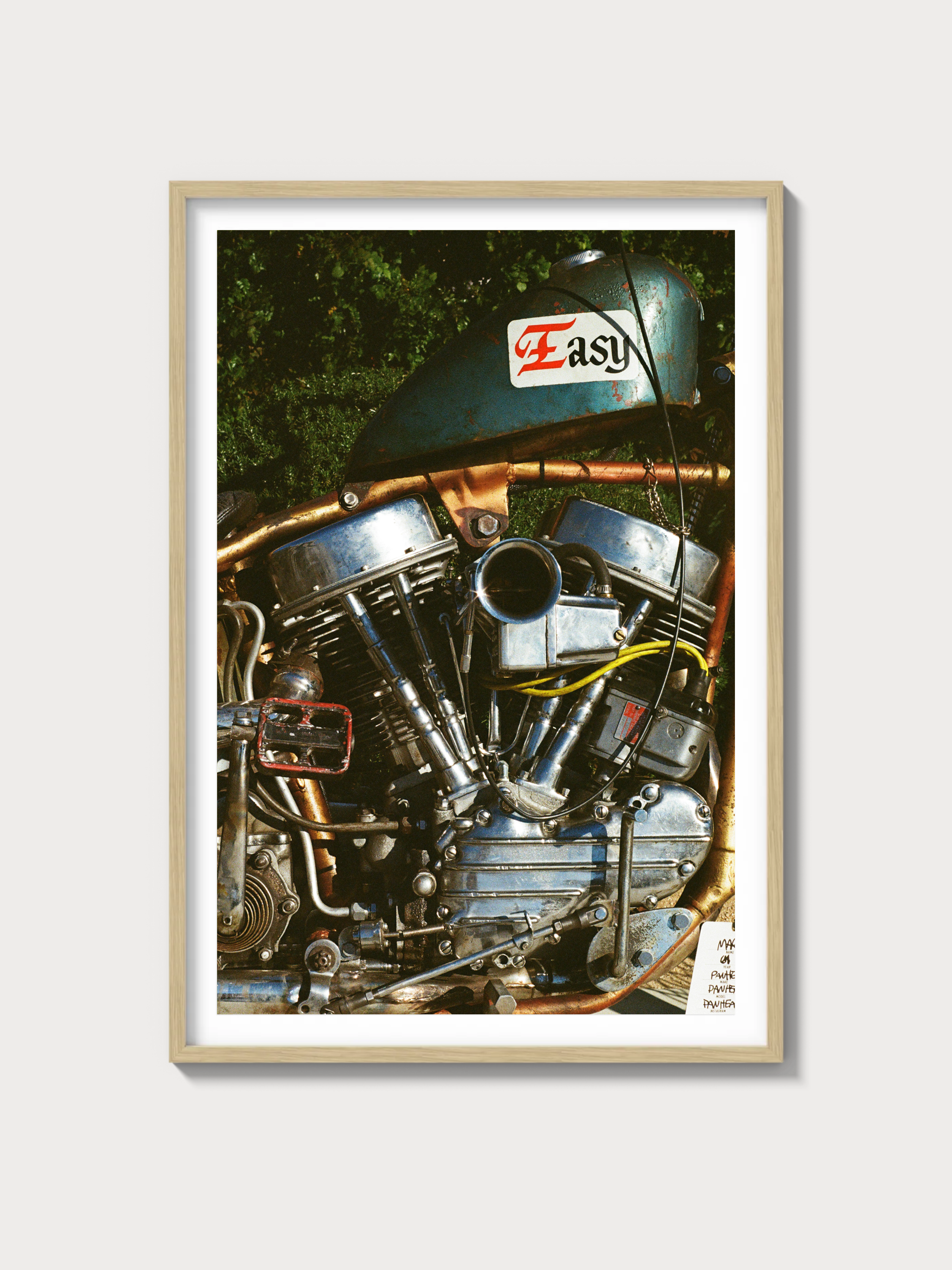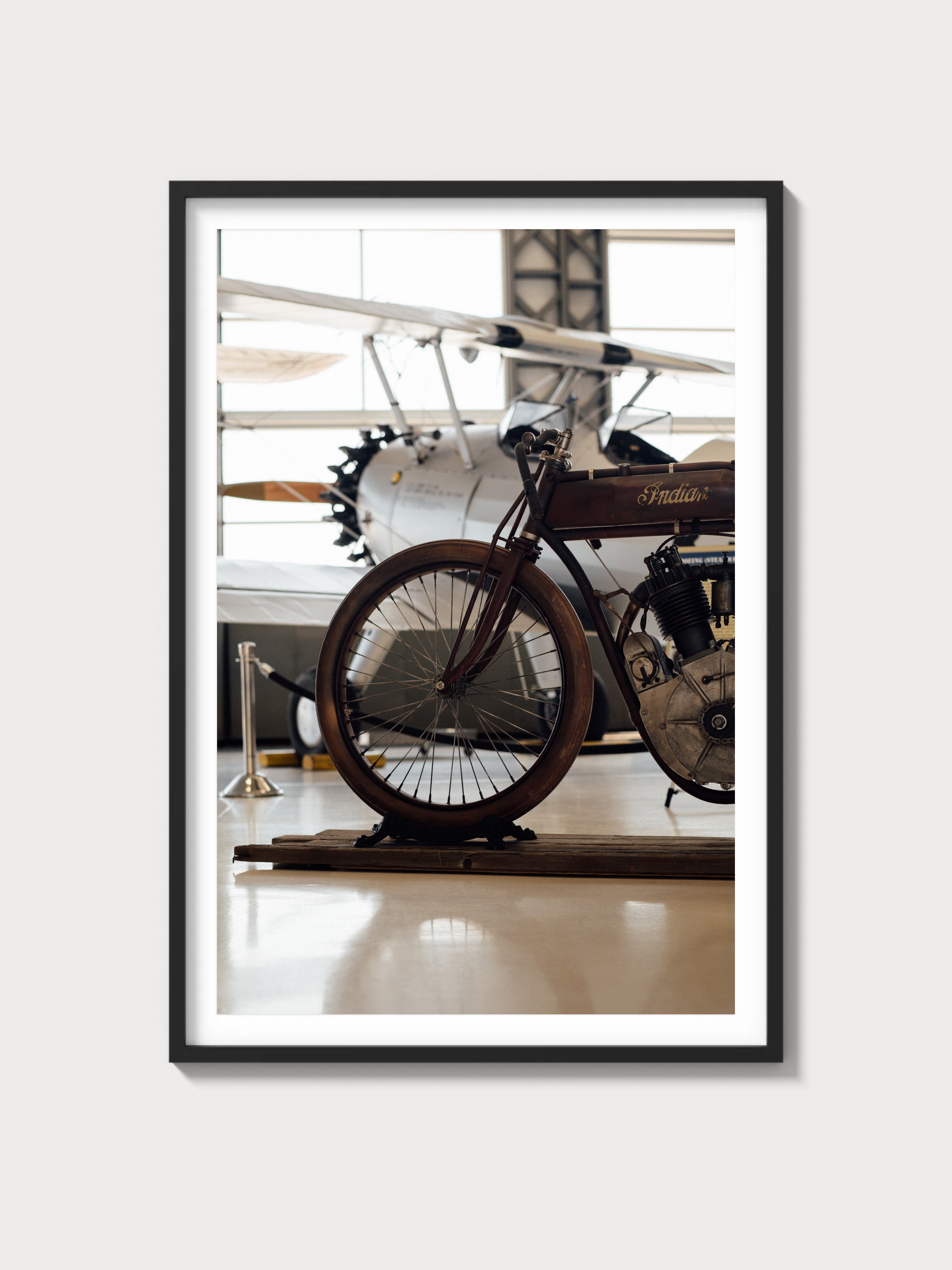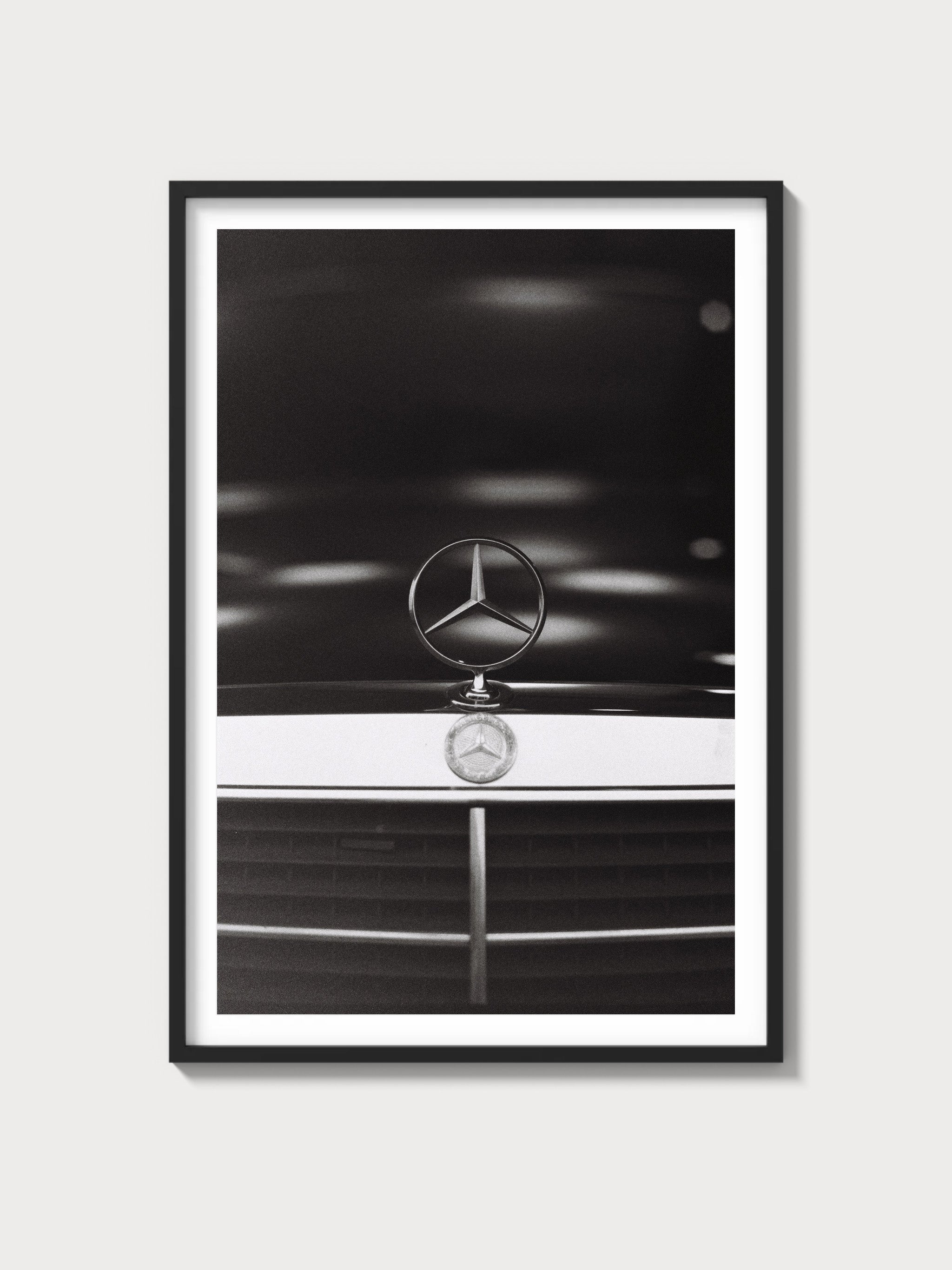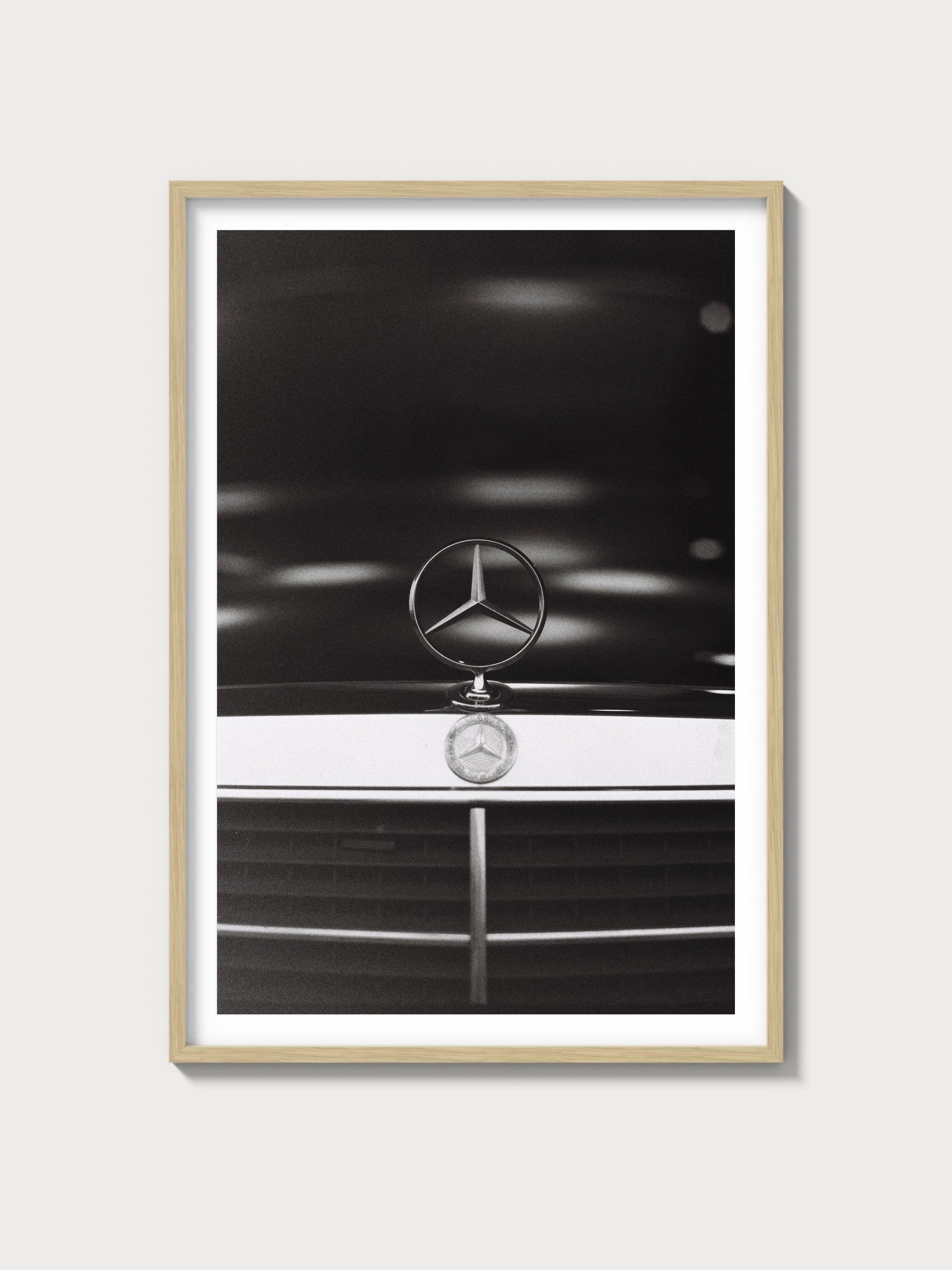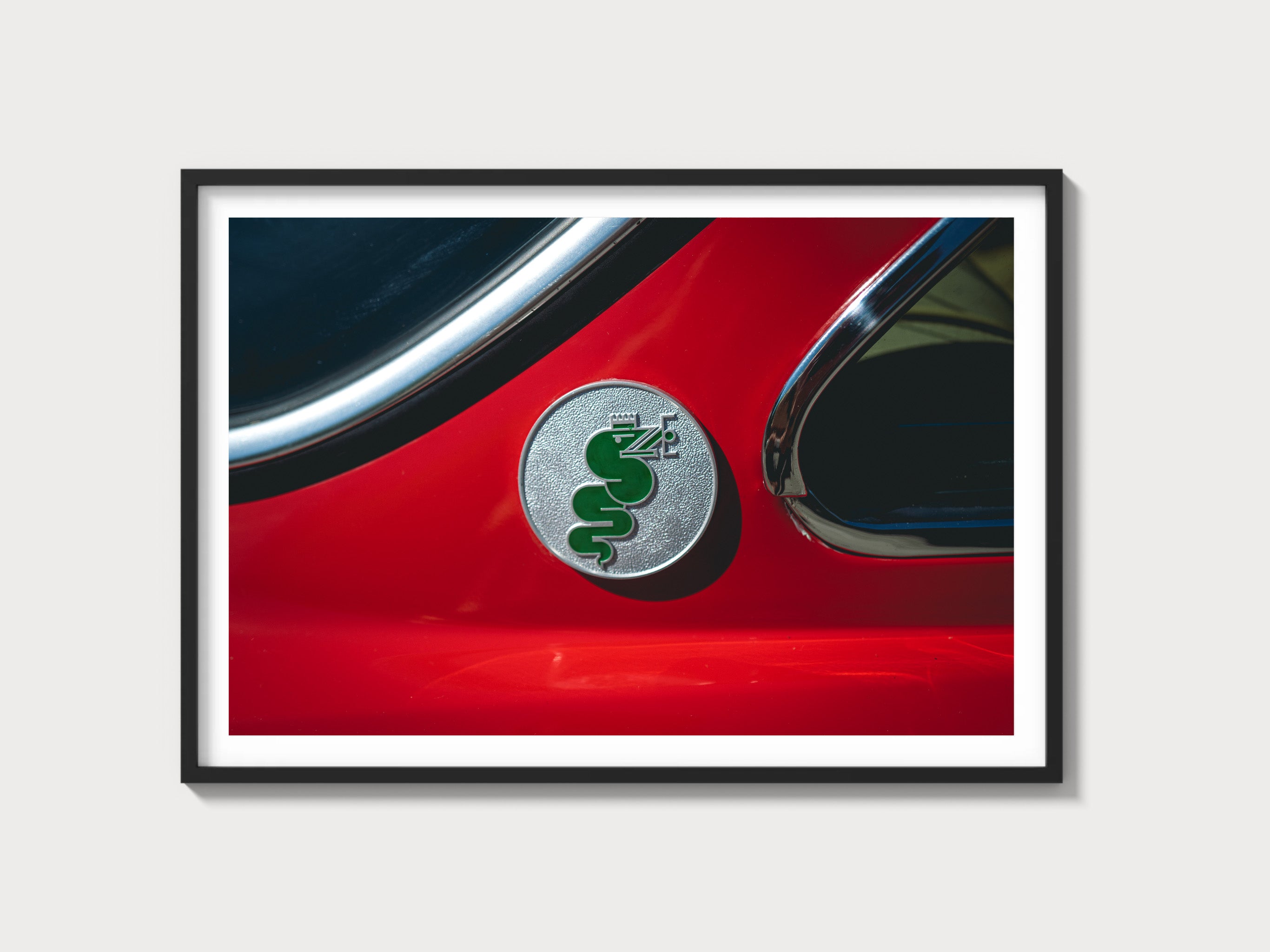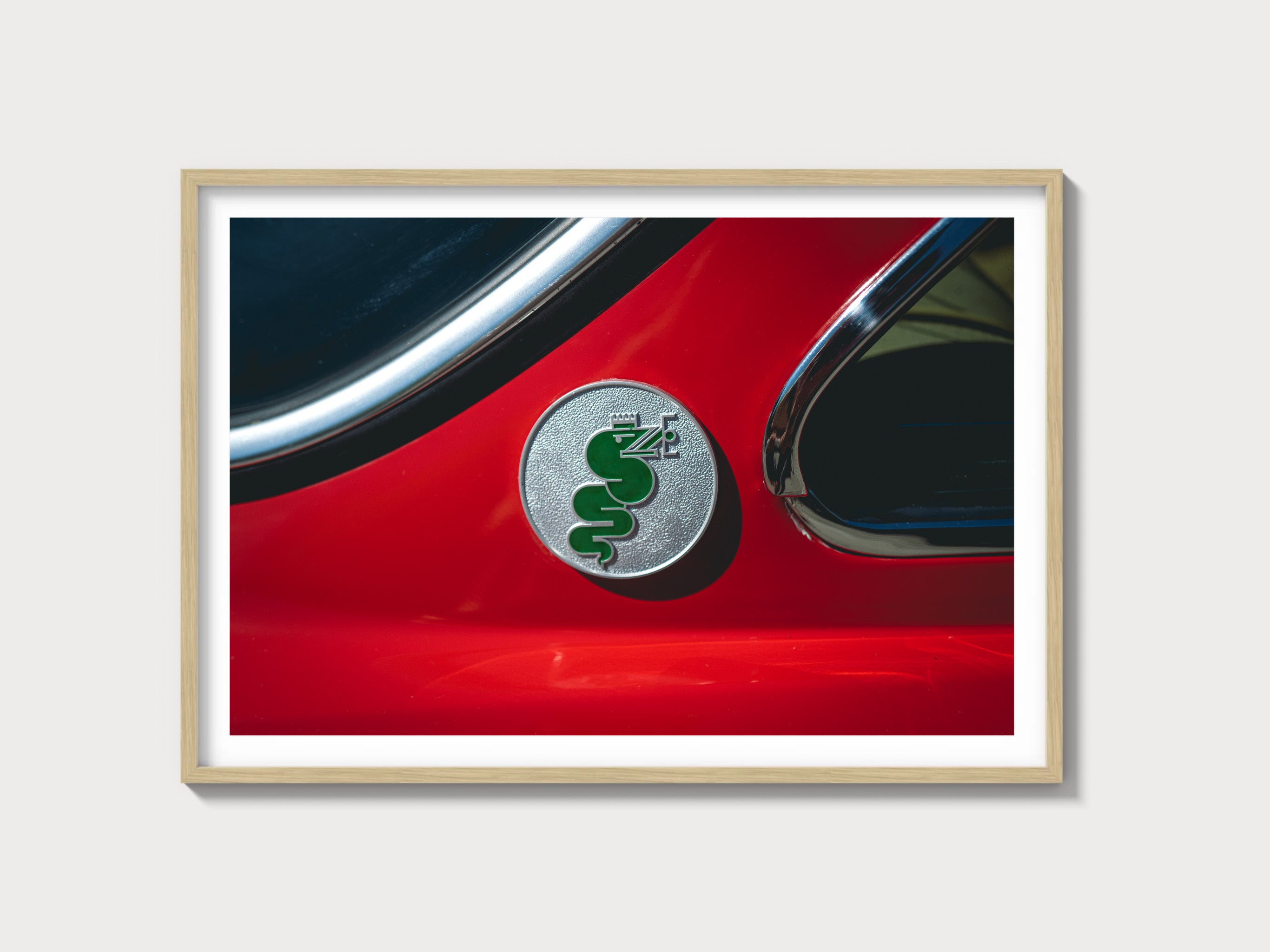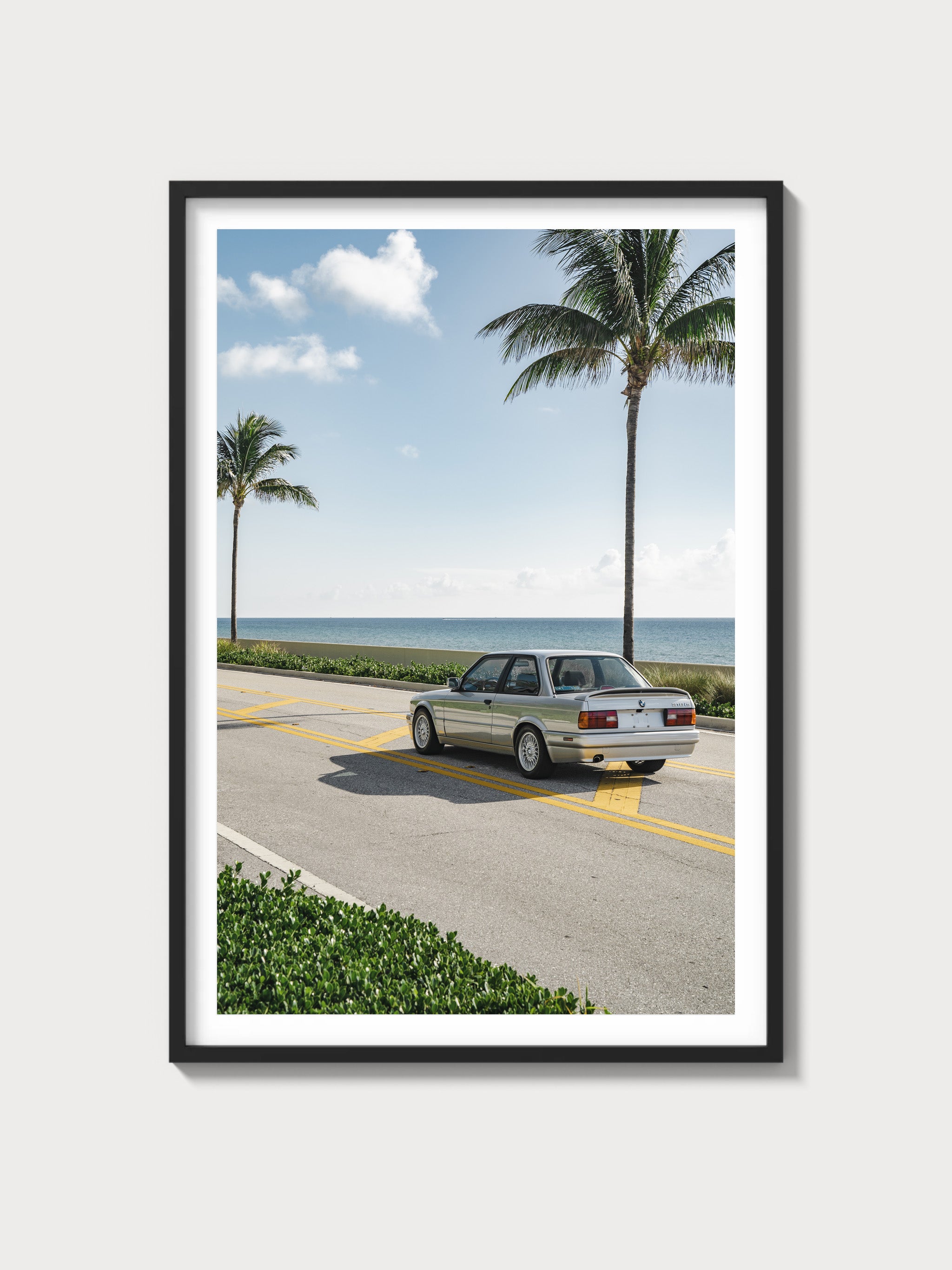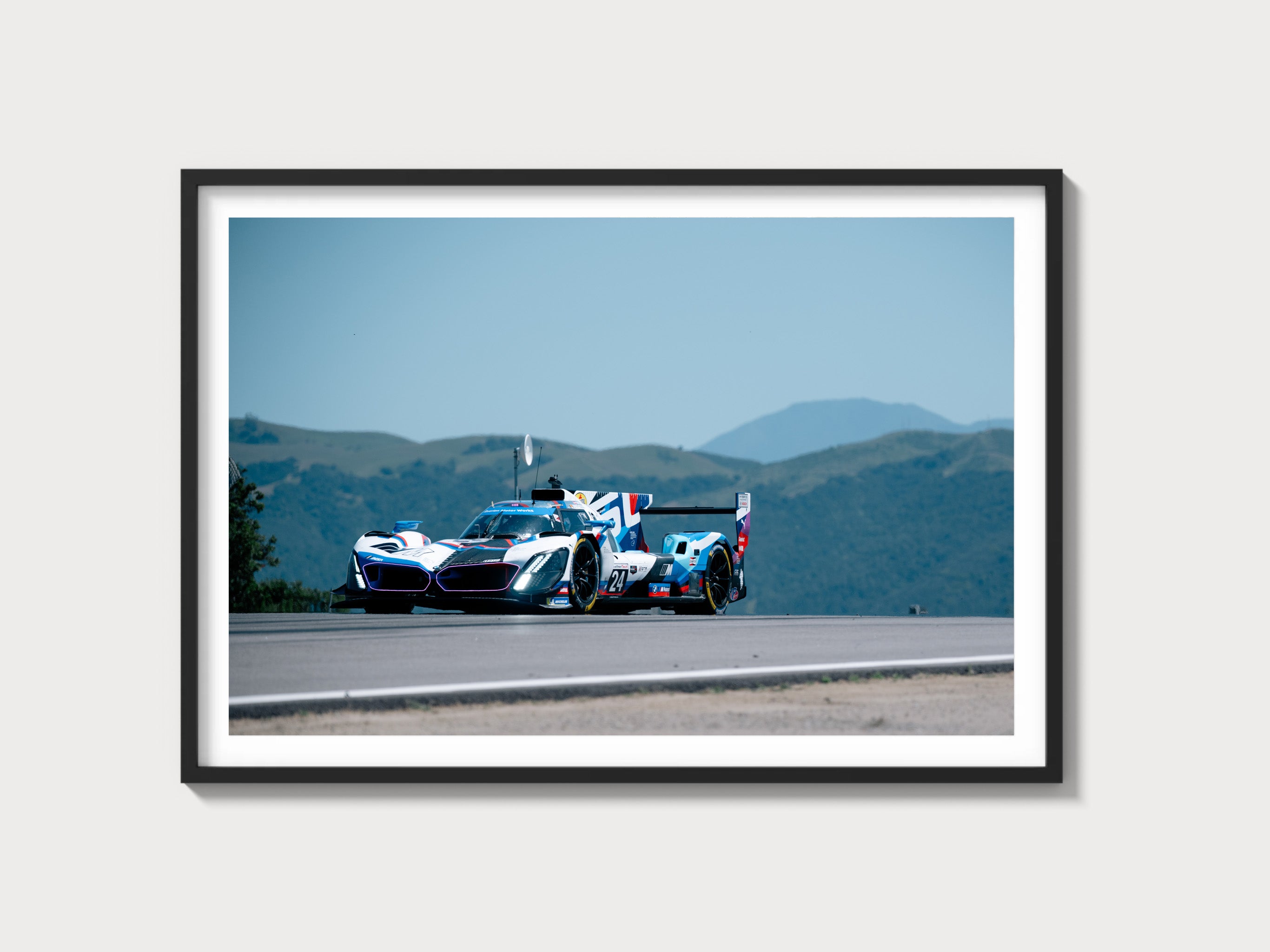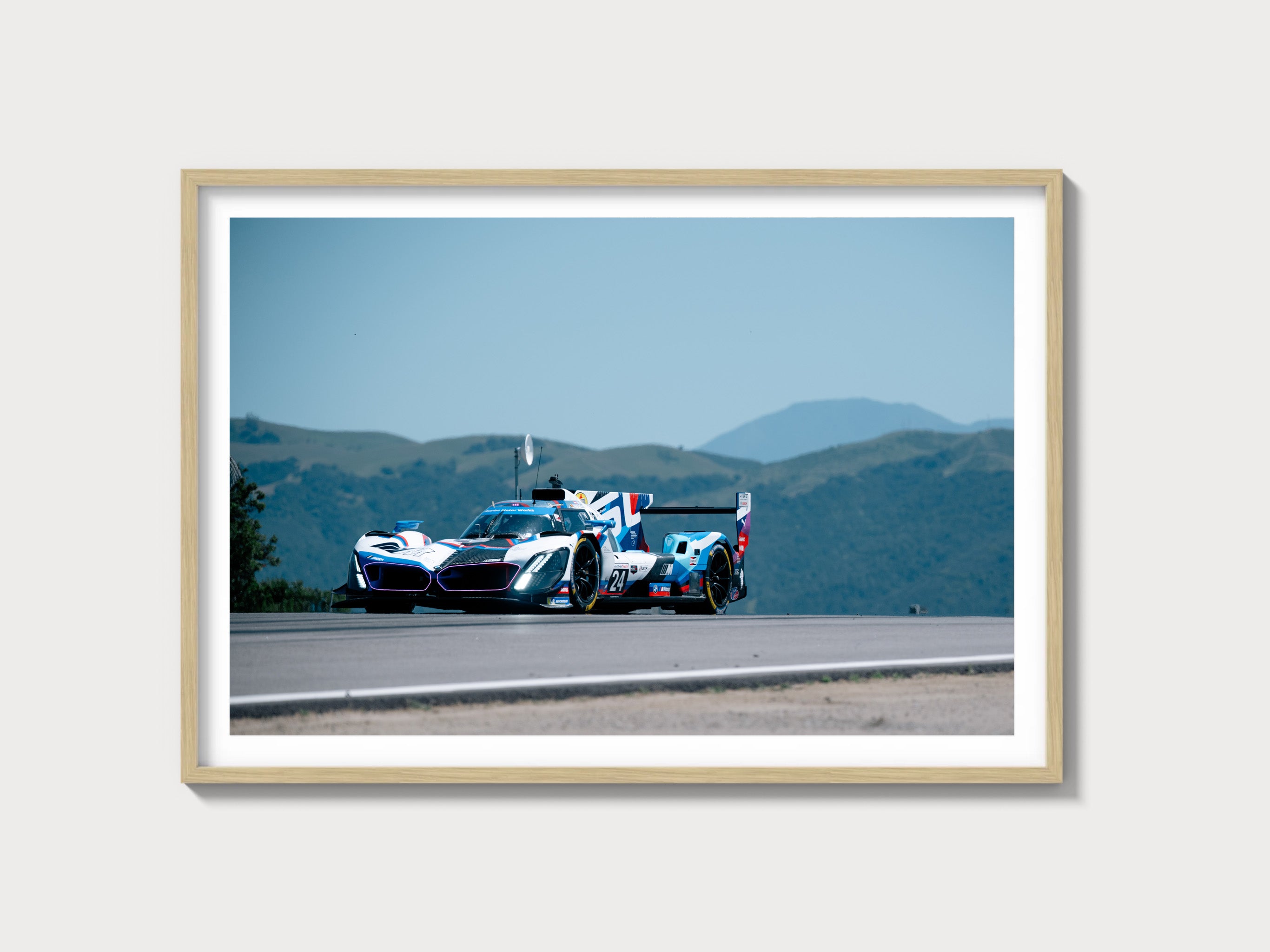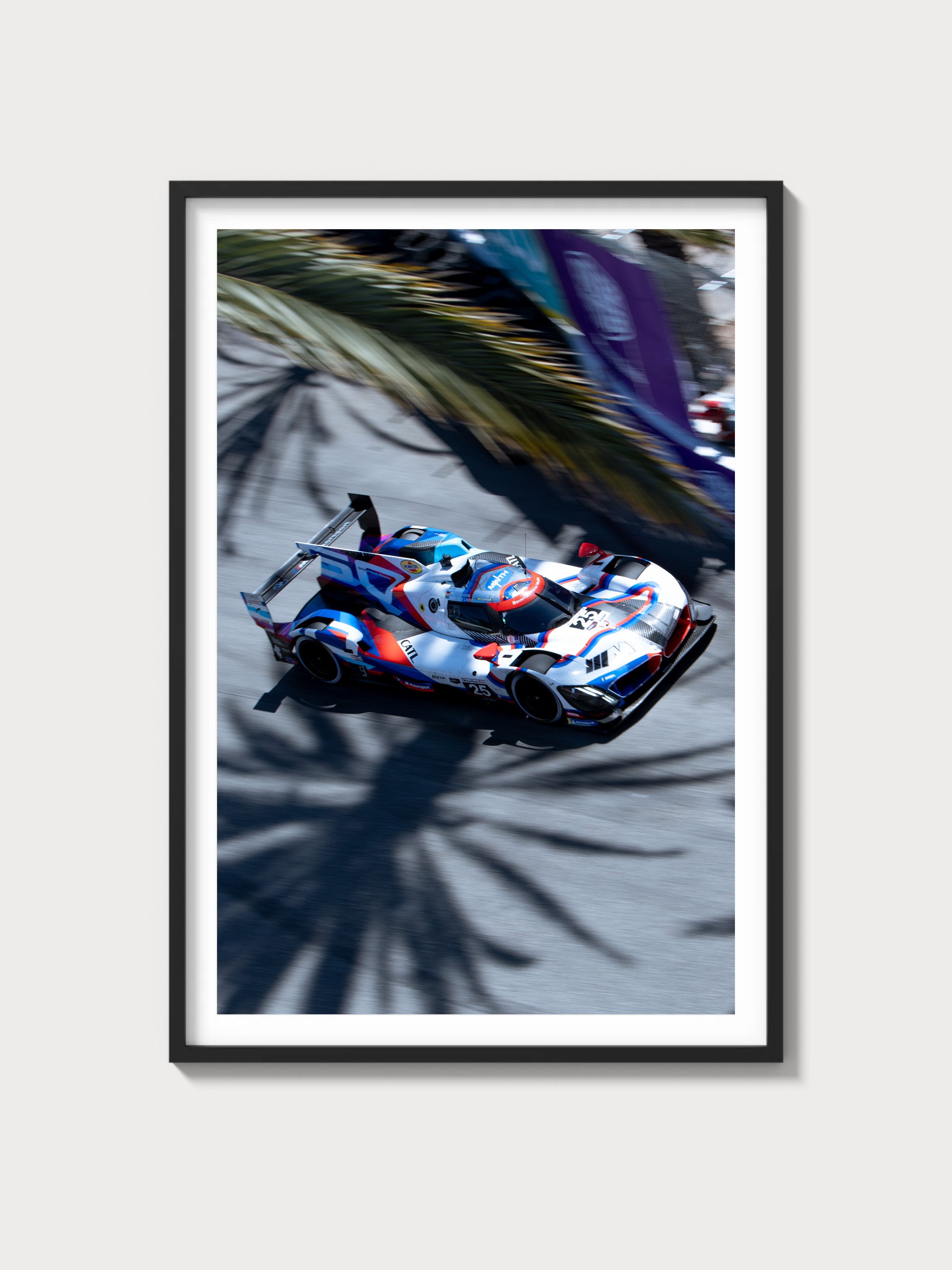Ferrari 275 GTB/4: The Definitive History, Specs, and Legacy
Introduction: Ferrari’s Refined Four-Cam GT
In the illustrious lineage of Ferrari’s road cars, the 275 GTB/4, introduced in 1966, stands as a pinnacle grand tourer—a front-engine masterpiece with a 3.3-liter four-cam V12 delivering 300 horsepower, refining the 275 series with advanced engineering and timeless design. Crafted with Pininfarina bodies styled by Scaglietti, this model saw approximately 330 units produced, succeeding the 275 GTB and complementing the 275 GTS. The “GTB/4” designation highlighted its Gran Turismo Berlinetta configuration and four-camshaft engine, blending racing pedigree with sophisticated elegance in an era when Ferrari was cementing its GT supremacy.
The year 1966 was a golden period for Ferrari, its racing triumphs—250 GTO’s legacy, 330 P3’s Le Mans battles—complementing road car innovation under Enzo Ferrari’s vision. Unveiled at the 1966 Paris Motor Show, the 275 GTB/4 captivated with its sleek form and potent V12. This exhaustive history, penned with a Ferrari historian’s precision, explores its technical brilliance, its iconic styling, its racing lineage, and its enduring legacy.
Historical Context: Ferrari’s 275 Series Evolution
The Ferrari 275 GTB/4 emerged during a transformative era for Maranello. By 1966, Ferrari’s racing pedigree—330 GT 2+2’s luxury success, 500 Superfast’s prestige—had solidified its stature, yet Enzo Ferrari sought to elevate the 275 series beyond the 275 GTB’s 455-unit run (1964-1966) and 275 GTS’s 200-unit run (1964-1966). The original 275 GTB had introduced a rear transaxle and independent rear suspension, but Ferrari aimed for a more powerful, refined successor. The 275 GTB/4, with its four-cam V12 and enhanced design, answered, targeting GT enthusiasts while rivaling the Lamborghini 400 GT and Maserati Mexico.
Approximately 330 units were built (1966-1968)—all two-seat coupés, reflecting a focused evolution of the 275 GTB. Chassis 09001, the Paris show car, debuted in October 1966 with a Pininfarina-Scaglietti body, its sleek lines signaling refinement. This was a car for a discerning elite—European racers, American collectors—its production balancing Ferrari’s bespoke heritage with growing demand amid the mid-1960s GT surge.
The broader context of 1966 shaped its purpose. The grand touring market thrived—Jaguar E-Type, Aston Martin DB6—while buyers sought power and sophistication. The 275 GTB/4 bridged Ferrari’s racing roots, rooted in the 250 GTO, with a refined GT future.
Technical Specifications: The Four-Cam V12’s Potent Refinement
The Ferrari 275 GTB/4’s heart was its 3.3-liter four-cam V12—a race-inspired engine refined for grand touring excellence. Below, we dissect its engineering with historian’s detail.
Engine: The 3.3-Liter Tipo 226 V12 Four-Cam
Displacing 3,286 cc (bore 77 mm, stroke 58.8 mm), the 275 GTB/4’s V12 was a front-mounted, all-aluminum unit with a 60-degree V-angle, featuring four valves per cylinder (double overhead camshafts per bank), a 9.2:1 compression ratio, and six Weber 40 DCN carburetors. It produced 300 horsepower at 8,000 rpm—a 20 hp gain over the 275 GTB’s 280 hp, thanks to its four-cam design and dry-sump lubrication. Weighing 265 lbs, it delivered ~240 lb-ft of torque at 6,000 rpm, offering high-revving potency with smooth delivery.
This engine was a GT marvel. Chassis 09001 showcased its thrilling, race-bred performance, balancing Ferrari’s competition heritage with road usability.
Performance: Refined GT Speed
The 275 GTB/4 reached 165 mph (266 km/h)—verified by period tests in Autocar (1967)—outpacing the 275 GTB’s 160 mph due to its enhanced V12, with a 0-60 mph time of ~6 seconds, brisk for its class. Its power-to-weight ratio (250 hp/ton) exceeded the 275 GTB (233 hp/ton), offering exhilarating GT pace.
Chassis and Suspension: Advanced GT Platform
The chassis was a steel tubular frame, weighing 1,200 kg (2,646 lbs)—matching the 275 GTB but with refined components. Its 2,400 mm wheelbase mirrored its predecessor, with fully independent suspension—double wishbones front and rear, with coil springs and Koni hydraulic dampers—delivering sharp handling and a firm yet controlled ride.
Transmission and Brakes: Precision Dynamics
A 5-speed manual transmission—rear-mounted transaxle—drove the rear wheels, its ratios (1st: 3.08, 5th: 0.92) favoring performance, with a floor-mounted shifter. Braking relied on 11.8-inch hydraulic disc brakes (front and rear), delivering ~1.0g deceleration—robust for its era.
| Specification | Details |
|---|---|
| Engine | 3.3L V12 Four-Cam, 300 hp @ 8,000 rpm |
| Displacement | 3,286 cc (77 mm x 58.8 mm) |
| Top Speed | ~165 mph (266 km/h) |
| 0-60 mph | ~6 seconds |
| Weight | 1,200 kg (2,646 lbs) |
| Transmission | 5-speed manual transaxle, rear-wheel drive |
| Suspension (Front) | Double wishbone, coil springs, hydraulic dampers |
| Suspension (Rear) | Double wishbone, coil springs, hydraulic dampers |
| Brakes | 11.8-inch hydraulic discs |
Design and Styling: Ferrari’s Pininfarina-Scaglietti Masterpiece
The Ferrari 275 GTB/4’s aesthetic was a Pininfarina-Scaglietti triumph, refining the 275 GTB’s iconic design.
Exterior: Timeless GT Elegance
All ~330 units featured Pininfarina designs built by Scaglietti—chassis 09001 boasted a sleek coupé body with a low grille, sculpted hood, and flowing lines, finished in Rosso Rubino. Its 2,400 mm wheelbase and steel frame offered a compact, muscular stance compared to the 275 GTB, with a subtle six-vent grille distinguishing it.
Interior: Refined GT Cockpit
The cabin was a sporty retreat: leather bucket seats (black or tan), a wood-rimmed steering wheel, and Veglia gauges—tachometer (9,000 rpm redline), speedometer, oil pressure. Chassis 09001’s interior, with polished trim over the 275 GTB, balanced performance with elegance, contrasting the 275 GTS’s open-top simplicity.
Production and Variants: A Refined GT Run
The Ferrari 275 GTB/4’s ~330-unit run (1966-1968) featured standard steel-bodied coupés, with 16 lightweight aluminum versions. Chassis 09001 launched the series at Paris, while 11001 closed it, transitioning to the 365 GTB/4 "Daytona". Its focus was refined road performance—no racing variants emerged.
Performance and Racing Legacy: A Road-Born Classic
The Ferrari 275 GTB/4 racing history was minimal, its grand touring purpose dominant. Chassis 09009 ran private rallies, but no competitive record exists. Its realm was the road—Autostrada, Pacific Coast—where its 165 mph top speed and four-cam V12 excelled.
Ownership and Market Value: A Collector’s Icon
The Ferrari 275 GTB/4 value reflects its prestige. Early owners included actors like Clint Eastwood (chassis 09007). Today, prices range $2.5-$3.5 million—chassis 09001 sold for $3.2 million at RM Sotheby’s 2023. Restoration costs—V12 rebuilds at $150,000—highlight its elite status.
Cultural Impact: Ferrari’s GT Refinement Apex
The 275 GTB/4 refined Ferrari’s 275 series, its four-cam V12 and design influencing the Daytona. In 1960s lore, it’s the car of sophisticated performance, a pinnacle of Ferrari’s GT heritage.
Comparisons: Ferrari 275 GTB/4 vs Rivals
The Ferrari 275 GTB/4 vs Lamborghini 400 GT pits 300 hp V12 against 320 hp V12—Ferrari led in refinement, Lamborghini in raw power. The Maserati Mexico (245 hp V8) matched in elegance but trailed in pace.
| Model | Engine | Power | Weight | Top Speed |
|---|---|---|---|---|
| Ferrari 275 GTB/4 | 3.3L V12 Four-Cam | 300 hp | 1,200 kg | ~165 mph |
| Lamborghini 400 GT | 4.0L V12 | 320 hp | 1,300 kg | ~168 mph |
| Maserati Mexico | 4.2L V8 | 245 hp | 1,450 kg | ~150 mph |
Frequently Asked Questions
What was the Ferrari 275 GTB/4?
A 1966 3.3L four-cam V12 front-engine grand tourer.
How many were made?
~330 units.
What engine powered it?
3,286 cc V12, 300 hp.
Did it race?
Rarely—built for touring.
What’s its value?
$2.5-$3.5 million.

